Central Asia Part 4: Trips from Osh and journey into the unknown to the Tajik border
Fergana Valley and Alai Mountains: Following the trail of silk and yaks (52)
We spend a few days in Osh and during this time we apply for a special permit at the tourism office in Bishkek to cross the border into Tajikistan. After a few days in the city, we want to explore the interesting surroundings and decide for a weekend trip to Uzbekistan, because the border is only 20 minutes away from the city. And here we are now in the middle of the crowd. As friendly as the people in Central Asia are, suddenly all rules of decency seem to be forgotten when queuing. Especially the older women push like world champions and don't shy away from pinching the grandchild so that it screams loudly and thus paves the way to the front. We have brought this on ourselves, because we could have simply used our "foreigner bonus" and gone forward from the beginning, but it’s not our way. Now we're just standing here and are being overtaken by every single grandma.
Only a few years ago, such a spontaneous trip to Uzbekistan wouldn’t have been possible, as you needed an expensive and complicated Uzbek visa. Now there’s a visa-free entry for 30 days for many nationalities and also the border controls aren’t that strict anymore and we are quickly through. From the border we continue with three different minibuses (marshrutkas) to Margilon in the Fergana Valley.
Vibrant colors in the Fergana Valley
The Fergana Valley in eastern Uzbekistan is a cultural melting pot and parts of it also belongs to Kyrgyzstan and Tajikistan. In total, about 20% of the entire population of Central Asia lives in this fertile valley, which has been for Centuries the center of Central Asia’s silk production. It’s Uzbekistan’s most industrial region and the country’s fruit and cotton basket. We haven’t seen so much urban areas anywhere in Kyrgyzstan. One small town follows the next and all open areas are used for agriculture.
Our destination is Margilon, one of the oldest cities in Uzbekistan and famous for the best silk in Central Asia. Factories still produce the famous handmade silk today, passing age-old methods down from generation to generation. Caravans laden with the famous silks headed to destinations in the Middle East and towards China. And since we’ve always been fascinated by the ancient Silk Road and have been travelling on these famous trade routes for several months, we now wanted to learn more about silk production.
We visit the Yodgorlik Silk Factory, where silk production is still done manually, from extracting the silk thread, to dyeing the silk and weaving the colorful fabric on traditional looms. Only the silk worms come from outside. A young woman guides us through the premises and shows us all the steps. To get 1 kg of silk, 2 to 4 kg of cocoons are used.
Uzbekistan is known for the vibrant silk Ikat fabrics (called Adras when blended with cotton) which are produced by a particularly elaborate weaving technique. In this weaving technique, all the colors are applied to the threads before the fabric is woven. The natural dyes are obtained from onion pods, pomegranate and walnut shells, herbs or indigo. The yarn is then tied tightly so that it cannot be touched by any dye in certain places, and furthermore, the bundles must be dipped into the dye in the correct order, a real precision job. Only on the finished fabric does the ikat pattern appear. The goal is to create a slightly blurred effect, created by the slight shifting of the yarns during weaving, which gives the fabrics their distinctive character. A very time-consuming and complicated process.
Margilon's unique silk is not only sold in Uzbekistan, international designers have also discovered the special fabrics for themselves and orders from abroad arrive regularly. We are fascinated by this manufacturing process and always find it interesting to learn the story behind a product as you learn to appreciate it even more then.
We see especially many of the colorful fabrics at the fantastic Kumtepa Bazaar, which takes place every Thursday and Sunday on the outskirts of Margilon. It’s one of the most beautiful market experiences of our whole trip. Sure, the beautiful roofed domes of Iran are missing, but the market is huge and completely authentic. Not many tourists seem to visit and we receive quite a lot of attention. It’s a time capsule full of weathered Uzbek men with hats and women dressed in traditional clothing, exchanging solemn greetings and gossiping over endless pots of tea. At the market you can find everything: Sewing machines, a large selection of Central Asian hats, cheap household goods from China and the famous juicy melons. The smell of fried shashlik skewers and fresh bread hangs over everything. The market vendors let us taste everywhere and we are given more fruits and nuts than we can eat and friendly gold teeth are flashing at us from every corner.
We finally find the section, where they sell the handmade silk and cotton fabrics. Much of the ikat weaving in the Fergana Valley is done in private homes. Uzbek women like the “bling” effect and the current fashion is adras woven with gold or silver thread. It’s not so easy to find plainer silk ikats and adras cloth. We can’t get enough of all the bright colors that are offered here, not so easy to decide on a fabric. Finally, we buy a few meters of silk and cotton, from which we want to tailor clothes for ourselves back in Osh.
With fully packed bags we return to the Kyrgyz border. Right at the beginning we are overtaken by some pushing grannies and we exchange a short look at each other and decide to use the "foreigner bonus", feeling just a little bit guilty doing so. And then we’re back into Kyrgyzstan. Our short trip to Uzbekistan has made us look forward to the culture and the friendly people in this country, but first there are some mountains to overcome.
The Alai Mountains, perhaps the most beautiful secret of Kyrgyzstan
Back in our homestay in Osh, we decide to visit the southernmost corner of Kyrgyzstan, because if it doesn’t work out with the Pamirs, we would otherwise miss this region. Together with other travellers we decide for a 3-day-tour to Sary Mogul and further up to Tulpar-Kul. From the hot plain of Osh we go up to 3500 meters in one day. A scenic trip that we hope to do soon with our bikes. In the small village of Sary Mogul we make a short stop at the market and buy some cookies for the next days. The market with its containers already reminds us a lot of the pictures we’ve seen of the Pamir Mountains in Tajikistan and we are impressed when we see the Pamir on the horizon for the first time, a majestic scenery. Will we soon be able to cross to the other side or is this as close as we will ever get to the Pamir?
The Alai Valley is a picturesque part of the Pamir-Alai, which stretches for 180 km in southwestern Kyrgyzstan. This region is still relatively unknown to travellers and hikers, while it has some of the most spectacular hiking trails in the country. The valley is situated at an altitude of 2500 to 3500 m and is surrounded by eternal white peaks, including the famous Peak Lenin (7134 m), the highest point of the mountain range. Every year climbers try their luck here during the short season, as Peak Lenin is considered an easy 7000 m peak to climb. But it shouldn’t be underestimated and an expedition usually takes 3 weeks. Unfortunately, also this year some climbers lost their lives.
It’s the end of August and therefore also the end of the season and the lower basecamp for the climbers is being dismantled. Nevertheless, some still want to try it and set out alone on the arduous path to Peak Lenin. We aren’t mountaineers and don’t have this ambition to stand on the highest peaks in the world. But of course, we can still understand the fascination for it. For us, however, it’s enough to go hiking in these alpine landscapes.
We spend two nights in a cozy yurt camp at Tulpar-Kul at 3500m. We’ve never stayed so high before and we’ve got quite a bit of respect for the altitude as we’ve only ridden this high in one day, usually we’re better acclimatized thanks to our bikes and the correspondingly slow pace. We take a walk around the lake and look at the yurts and Peak Lenin in the background and are overwhelmed by the scenic beauty. Is this now the most beautiful corner of Kyrgyzstan?
In the evening we all gather in a container wagon where dinner is served. A young tourist from Israel has just returned from the upper camp (4400 m) and tells us that he didn’t experience any altitude problems. But when he gets up he loses consciousness and faints. We are all helpless and shocked, and it quickly becomes clear that he has to go down further. When he regains consciousness, he is brought down to Sary Mogul to see a doctor. The rest of the evening we all spend in silence and our respect for altitude sickness increased once again. The next morning, we are relieved to hear that the Israeli traveller has recovered and is feeling better.
Grunting Yaks and hike to Traveller's Pass
We leave our yurt camp in the morning and set off with a queasy feeling, because today we are supposed to go up to more than 4000 meters, as high as we have never hiked before. But quickly we’re distracted from our thoughts as we’re passing a herd of yaks. We’ve never met these animals before and now they are standing peacefully grazing in front of us. We’re completely fascinated by these shaggy animals that can live outdoors all year round at an altitude of up to 4500 meters. While the shepherds bring their horses, cows and sheep to lower altitudes in autumn, the yaks stay up here all alone. They are well adapted to the extreme conditions in Kyrgyzstan and can smell and dig the grass under the snow cover. The yaks provide meat, milk, leather, wool and their dung is used as valuable fuel. A yak is a completely exotic and distant animal for us and now suddenly standing in front of these animals is a very special moment for us.
But not only the yaks are a lasting memory of this day, also the hike itself. After passing the first basecamp (3700 m), we continue to climb over lonely plains and along grazing horses. A majestic alpine landscape with lakes, snow-capped peaks and glaciers and the spectacular view of the famous Peak Lenin in the mountain sky. The last minutes up to the pass are the hardest, as the path becomes a steep zigzag trail. And then we stand on top of the Traveller’s Pass at 4150 m. We definitely felt the altitude and were going slower than usual, but we had no real problems. Standing up here is fantastic...and cold.
We’re not really equipped for such hikes, so we return relatively quickly to our yurt camp and spend one last night in a Kyrgyz yurt. The next day we already have less trouble breathing, which makes us optimistic for Tajikistan. We’re going on a shorter hike and then it’s time to head back to Osh and our bikes and make some decisions.
Should we stay or should we go now?
We spend a few more days in Osh, but time is running out and we have to make a decision. We go again to the local tourist office and learn that we have received the special permit and are allowed to cross the Kyrgyz border at the Kyzyl-Art Pass until 10.09. Unfortunately, this only guarantees the exit from Kyrgyzstan and not the entry into Tajikistan and no one can reliably tell us whether the Tajik border is passable.
The last village before the border is Sary-Tash and I decide to randomly call a guesthouse and ask if they might have more current information about the border situation. And as chance (or fate or karma) would have it, I reach the right person at the right time. The young Shamurat picks up the phone and mentions that he is going to the border this afternoon, of all days, to try to get two Australian motorcyclists across to Kyrgyzstan. Should this work out, it would probably also be possible for us to enter in the opposite direction.
Today is the 5th of September and we have to leave tomorrow at the latest, as time is running out. If we would choose the safe way via Dushanbe, we definitely have to leave, because autumn is coming soon and it’s quite far to the Pamir region (see map). But even if we decide to take the uncertain southern route via the Kyzyl-Art border, we have to hurry because our permit is only valid for 5 more days and we have to overcome a pass of more than 3600 m on the way to Sary-Tash.

It’s difficult for us to make a decision. These many decisions during the trip sometimes make us quite exhausted, because there is no right and wrong and every time we are so relieve when we’re finally making the decision. We both often have trouble making a decision, which doesn't make the process any easier. The whole day we think about what we should do and can't really enjoy Osh anymore.
At 10 pm the we receive the long-awaited news from Shamurat; the two Australian bikers could enter Kyrgyzstan and arrived in Sary-Tash. Thus it should be theoretically possible for us to enter in the other direction as well, but the uncertainty will remain until the end. The sensible decision would be to cycle into the Fergana Valley the next morning and then travel via Kokand to Tajikistan and on to Dushanbe and from there into the Pamirs. For this route all the borders are open and many cyclists have done it before us. But somehow, we are now so close and have already invested so much time in the whole administration and planning that we would like to try it via Sary-Tash after all.
We now have the special permit, the e-visa for Tajikistan, but we are still missing an important document: the GBAO permit. Only this permit allows us to travel in the Pamirs at all. This permit would normally be obtained in Tajikistan or Kyrgyzstan, but because of the closed border it’s no longer issued in Kyrgyzstan. So we ask numerous travel agencies in Tajikistan to see if they can help us. And although this point is still open and we have no guarantee of success at all, we leave the next day in the direction of Sary-Tash. The usual head vs. hard dilemma, in the end the heard decided. Pure reason must never win. Or would it be better if it did?
The scenic route high into the mountains and the friendly encounters with the people distract us from our thoughts during the next days. Sometime in the middle of it we receive the outstanding GBAO permit from a nice guesthouse owner in Khorog in Tajikistan. But unfortunately the permit is issued for the country Sweden, which sounds almost like Switzerland in Russian. So we have to request a new permit at the very last minute, and time is getting short. But we remain optimistic that everything will work out somehow.
In the first days we cycle along a river and red rocks in the summer heat, but as the mountains got closer, it got noticeable cooler at night. The evening bath in the river and the quick wash in the stream are getting harder for us. On the fourth day we struggle up the serpentines to the Taldyk pass at an altitude of 3615 meters. It’s actually our highest pass so far, but we are mentally only at tomorrow's border crossing.
We reach the settlement of Sary-Tash in the late afternoon and again see the incredible mountain panorama in front of us. On the right the road branches off to the Tajik border, on the left to China. At an altitude of 3163 m, the setting is lovely, but the town is rather desolate and it’s no place to linger. It has only a few stores with a meager selection. We are all the more surprised when we reach Shamurat's modern guesthouse (Pamir Extreme). There are real beds, good Wi-Fi and a warm shower and his wife prepares Oromo, our favorite Kyrgyz food, especially for us. From our room we have an absolute panoramic view of the mountains. In the afternoon we also finally receive the correct GBAO-Permit, now all our documents are prepared. We make a last phone call to Lisa's parents, because we don't know when we will have internet again.
The plan is that Shamurat will bring us up to the Tajik border in his jeep the next morning and negotiate with the border guards. This transfer costs us USD 100.- and we would actually prefer to cycle there, but there is not enough time for that. We would have to go up in one day to the Kyzyl-Art border pass at 4250 m and, if Tajikistan doesn’t let us enter, return on the same day. Our special permit for Kyrgyzstan expires tomorrow and besides, under these special circumstances it makes perfect sense to have a translator with us for the negotiations who knows the border guards personally.
However, there is no guarantee that we will get across the border thanks to Shamurat's help. We would be the first to cross this border in this direction from Kyrgyzstan to Tajikistan in over two years. Of course, we’ve got all the necessary documents, but ultimately the whole thing is always very dependent on the border guards and their mood of the day, whether you are let through. And we don’t really know if the border is officially open, we’ve heard different statements.
Falling asleep is especially difficult this evening. Either we will be on the Pamir Highway tomorrow and fulfill this dream or we will cycle back to Osh knowing that we're too late for the Pamir if we had to make the big detour via Dushanbe. Will we sleep in this warm bed again tomorrow night or will we be at over 4000 meters? Find out how this story continues in our next blog.



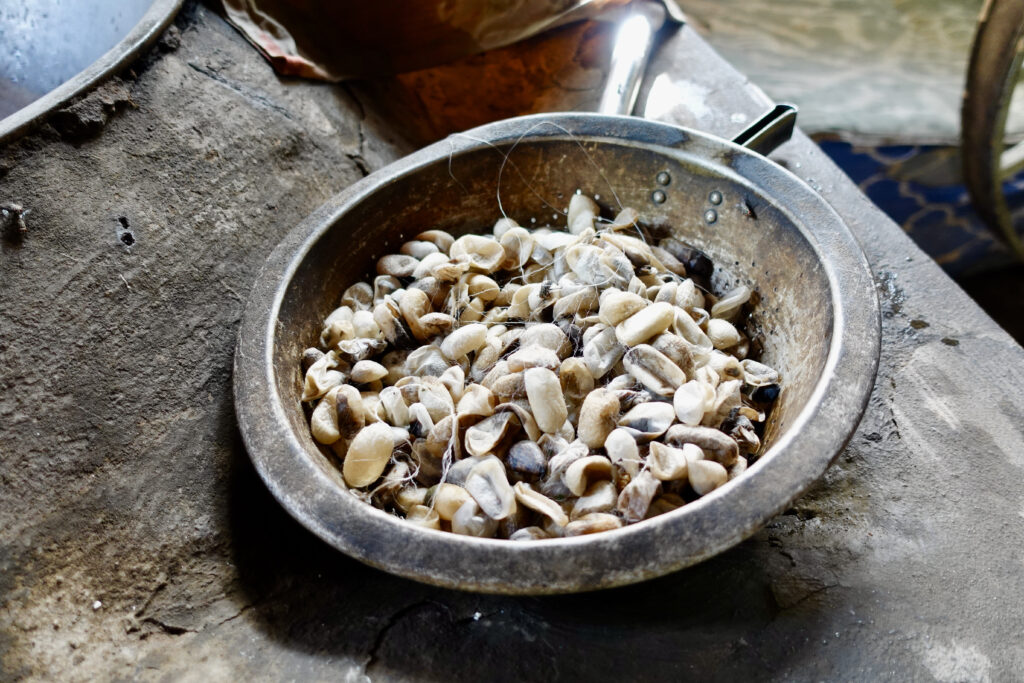

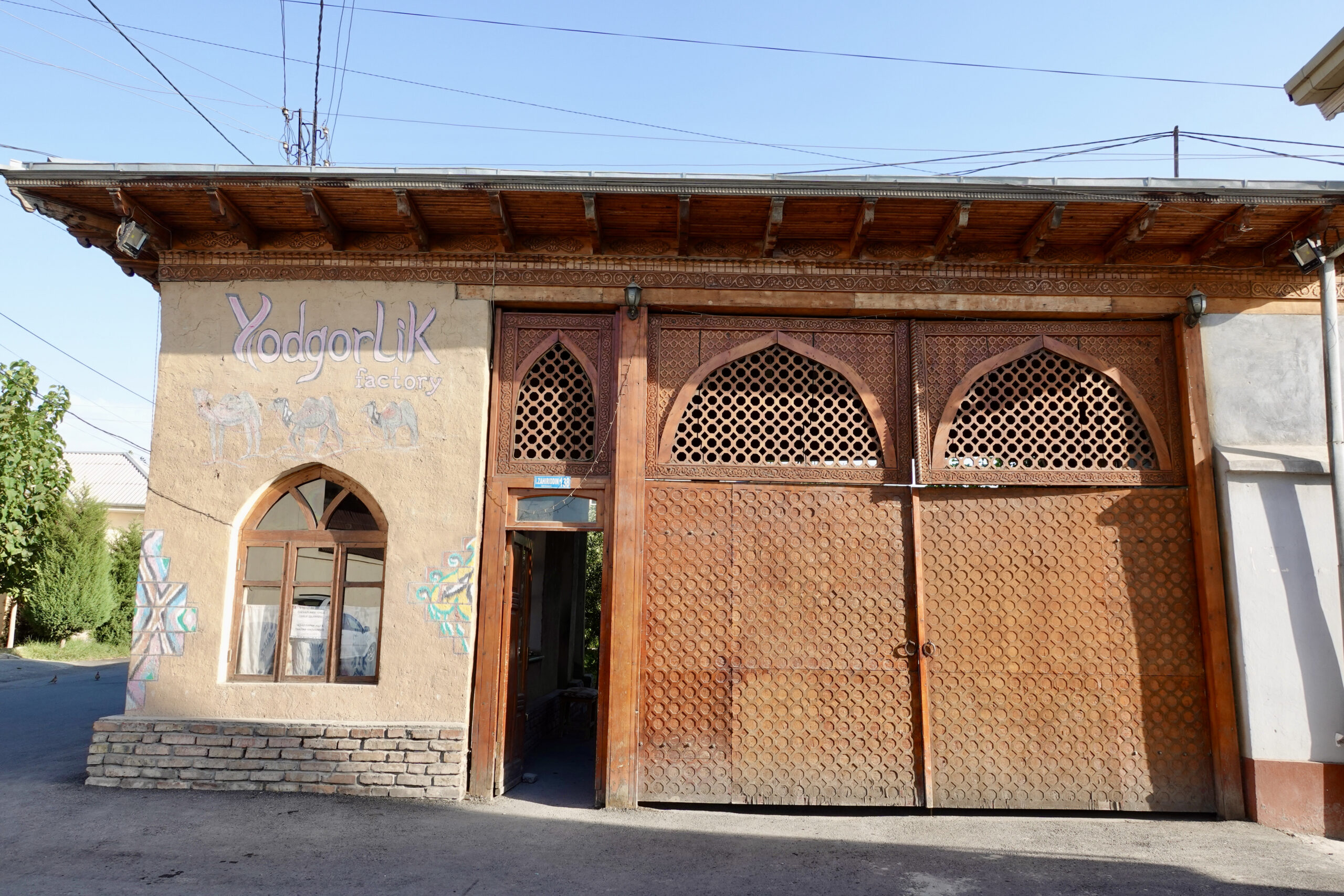
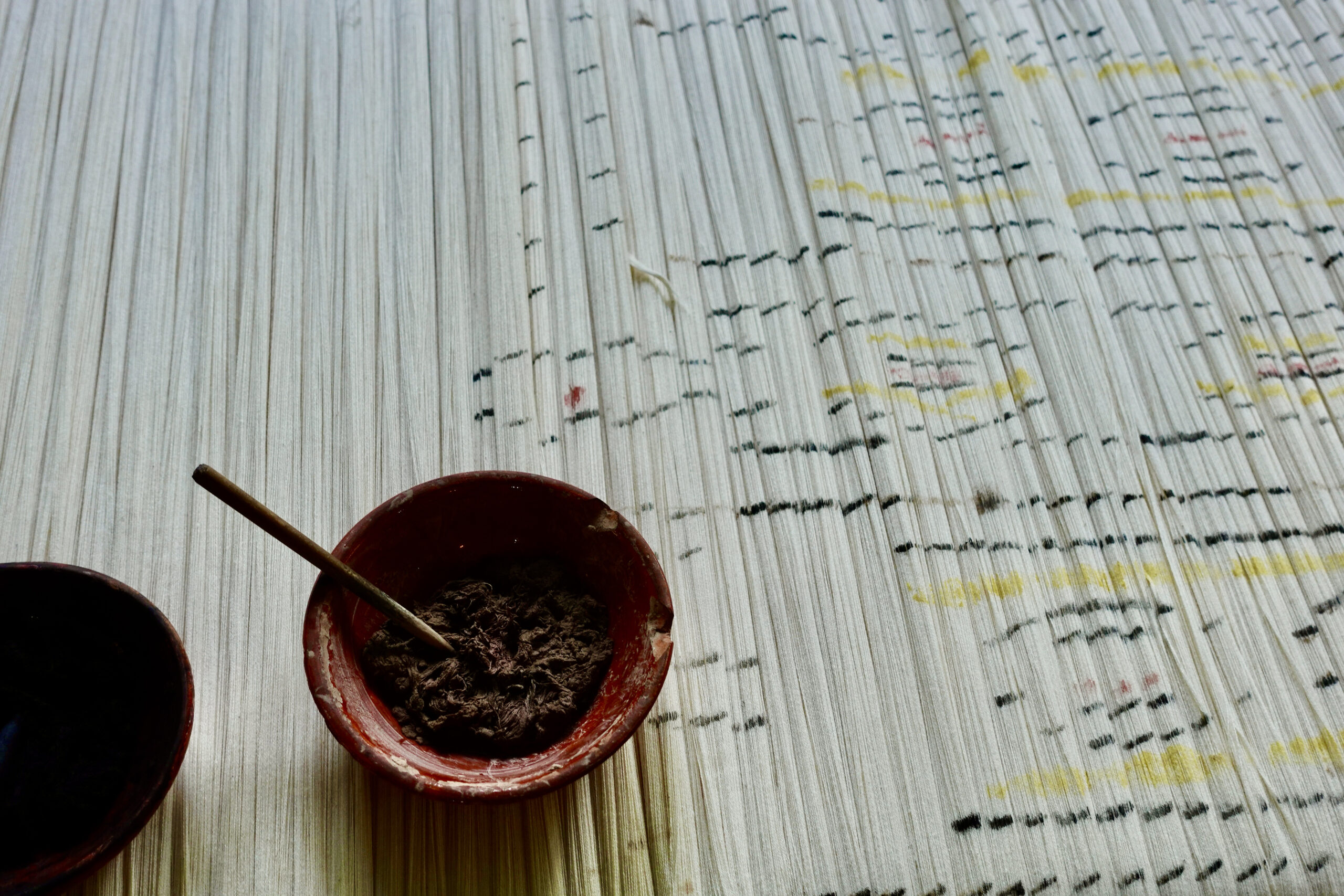
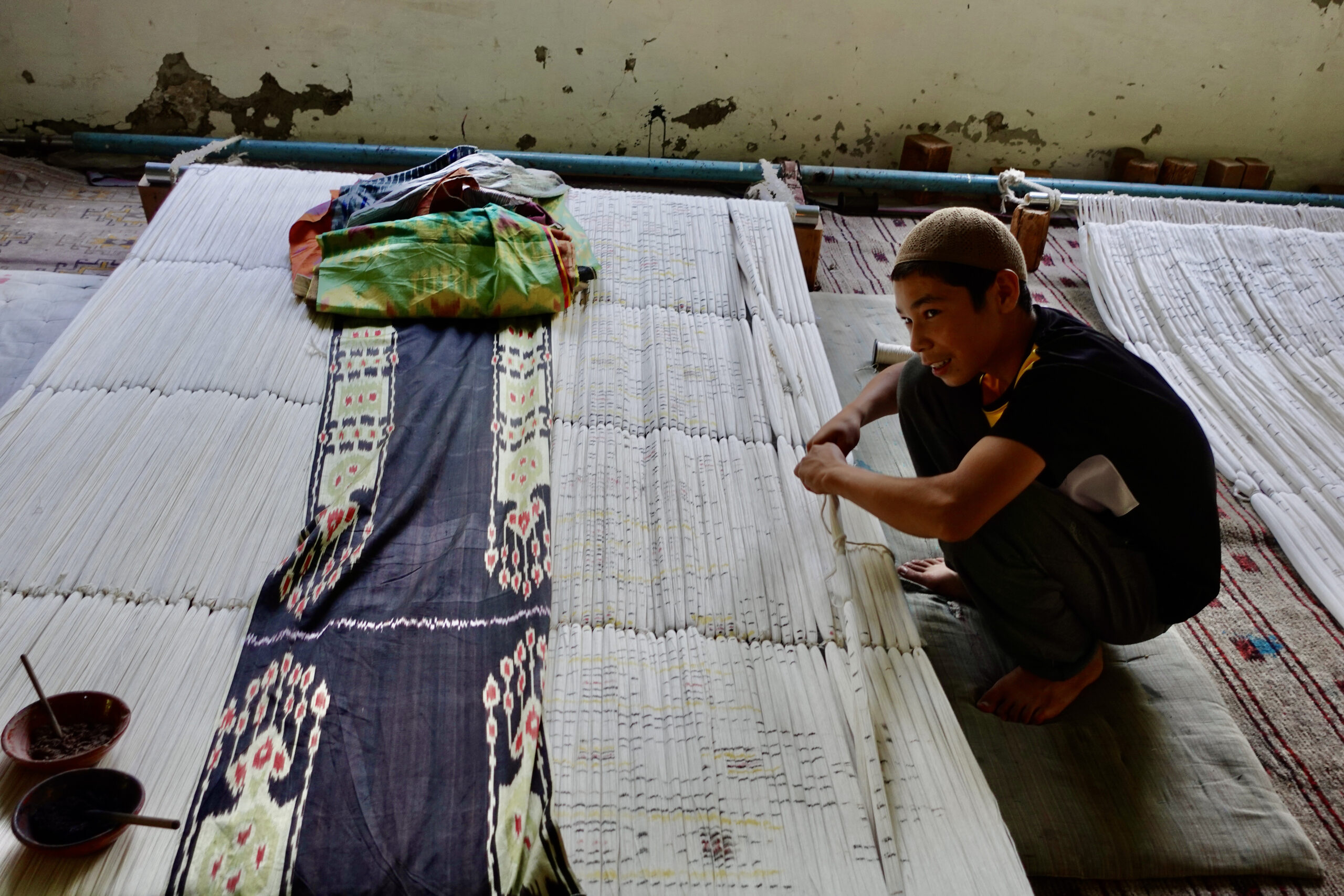


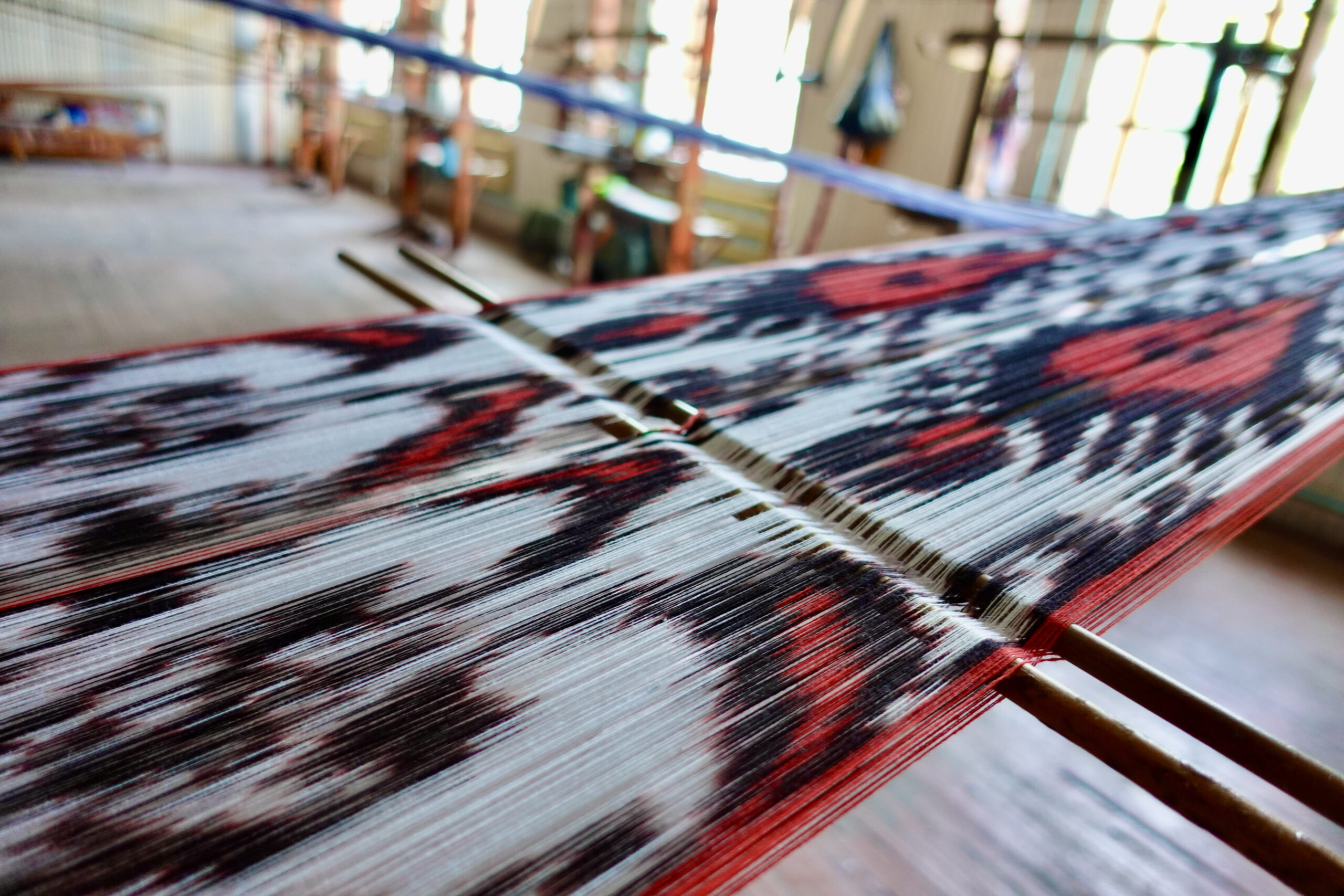
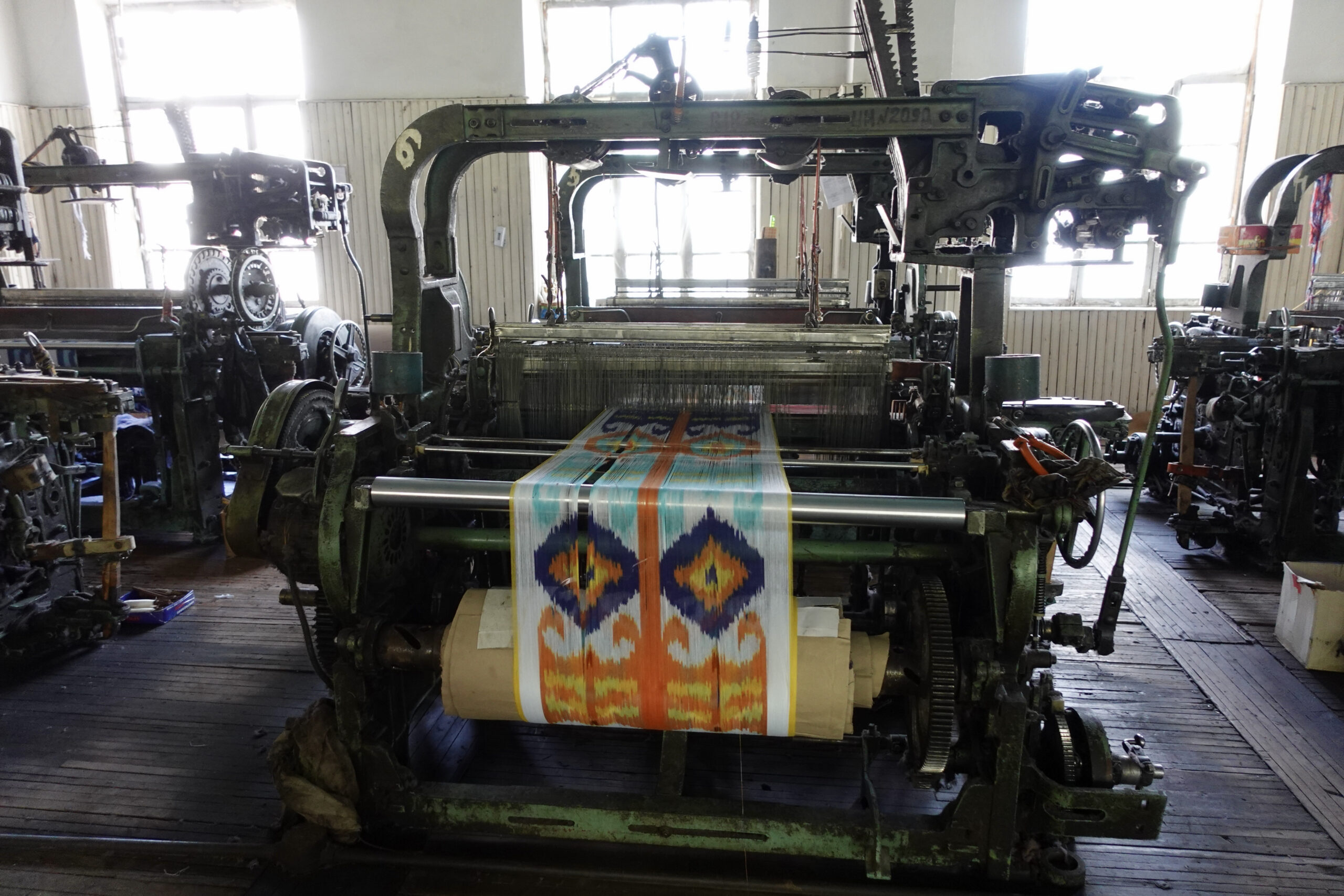
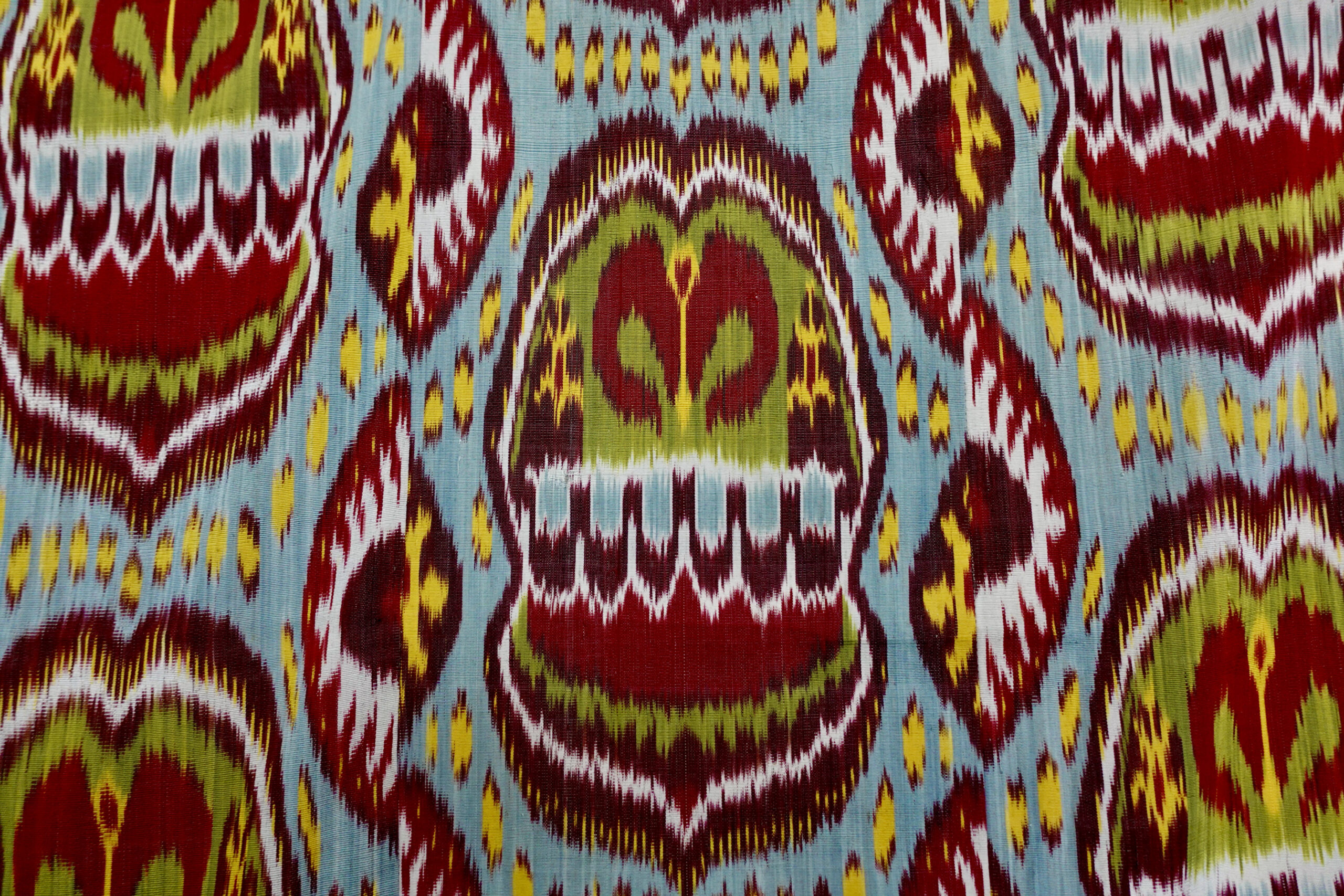
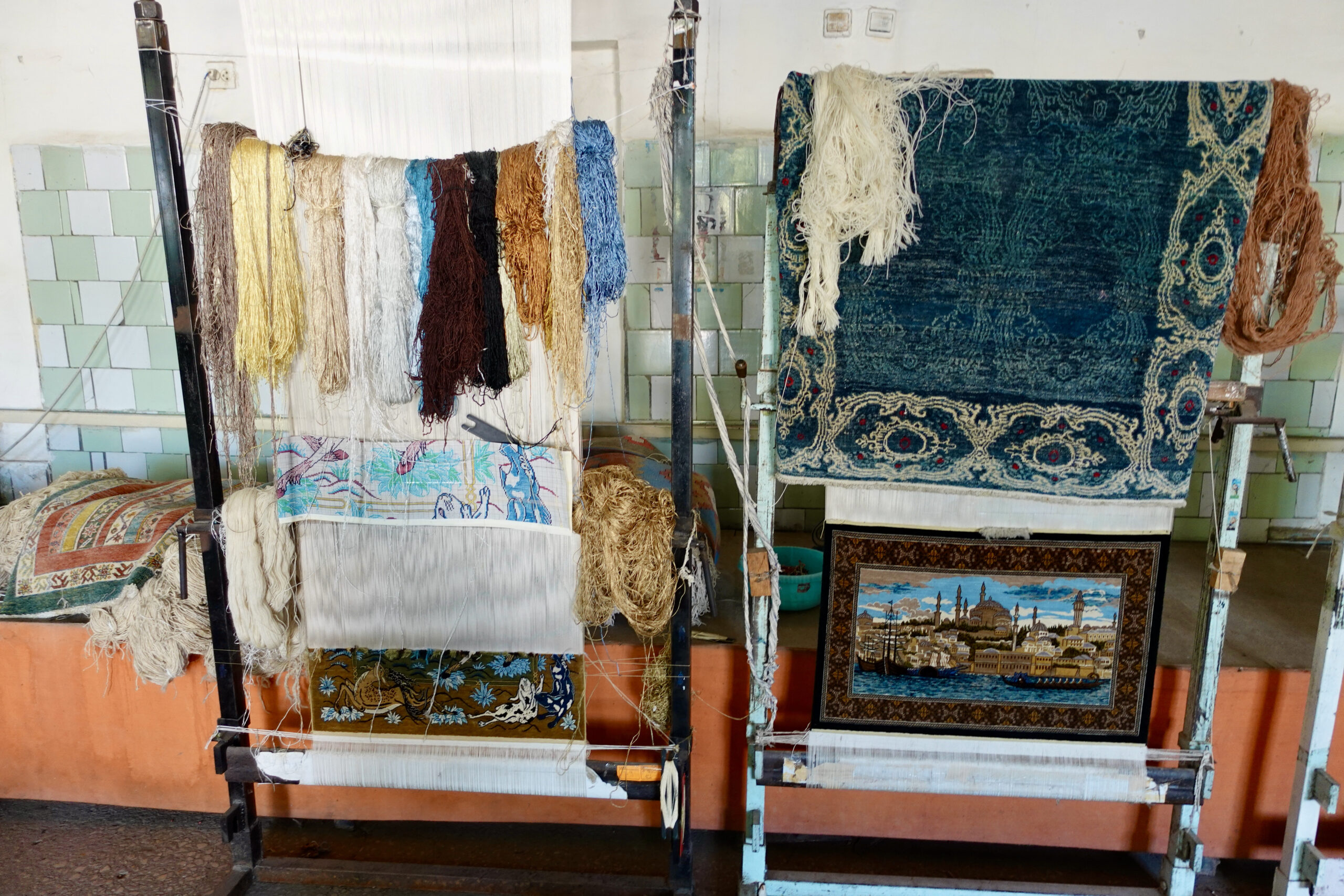

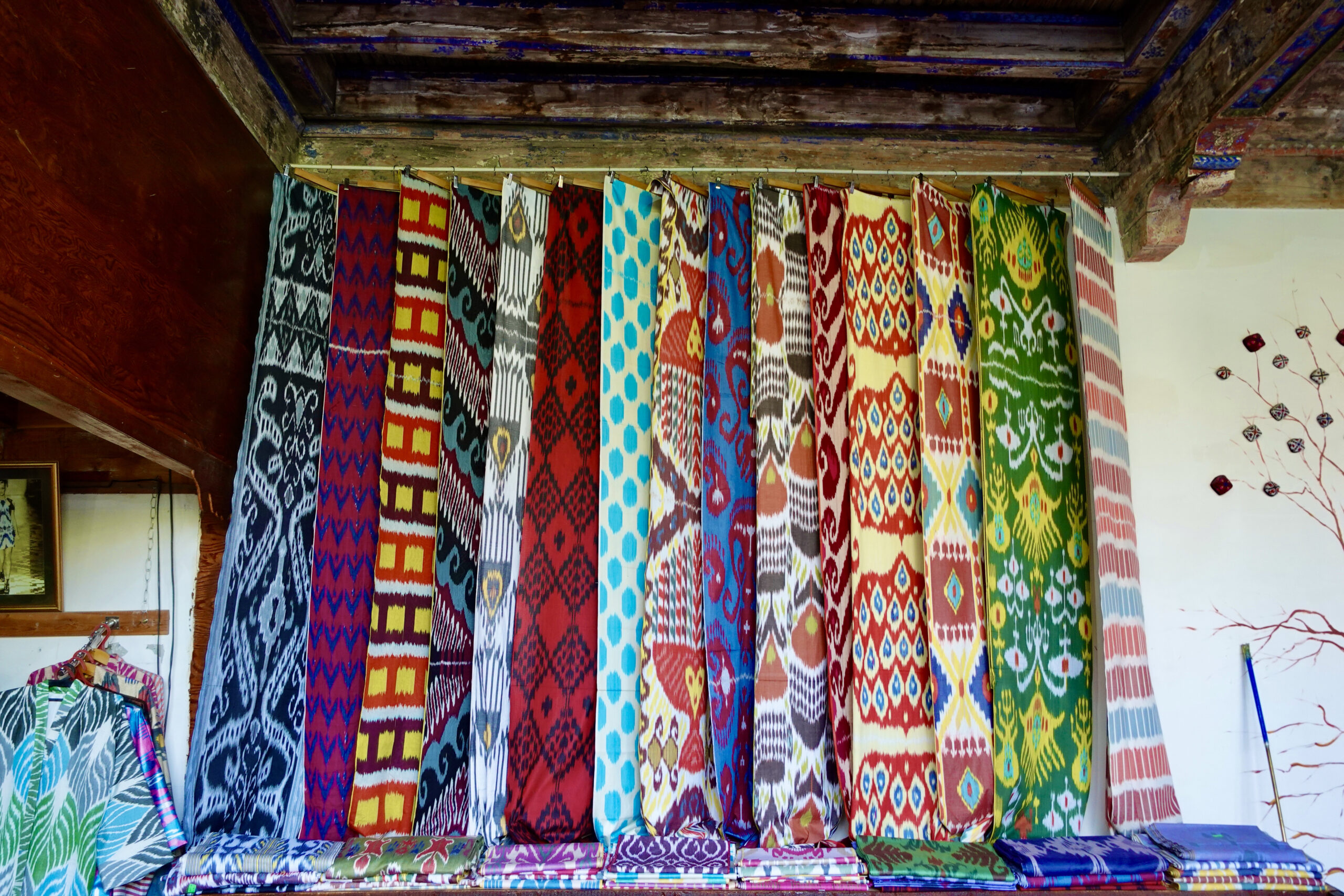
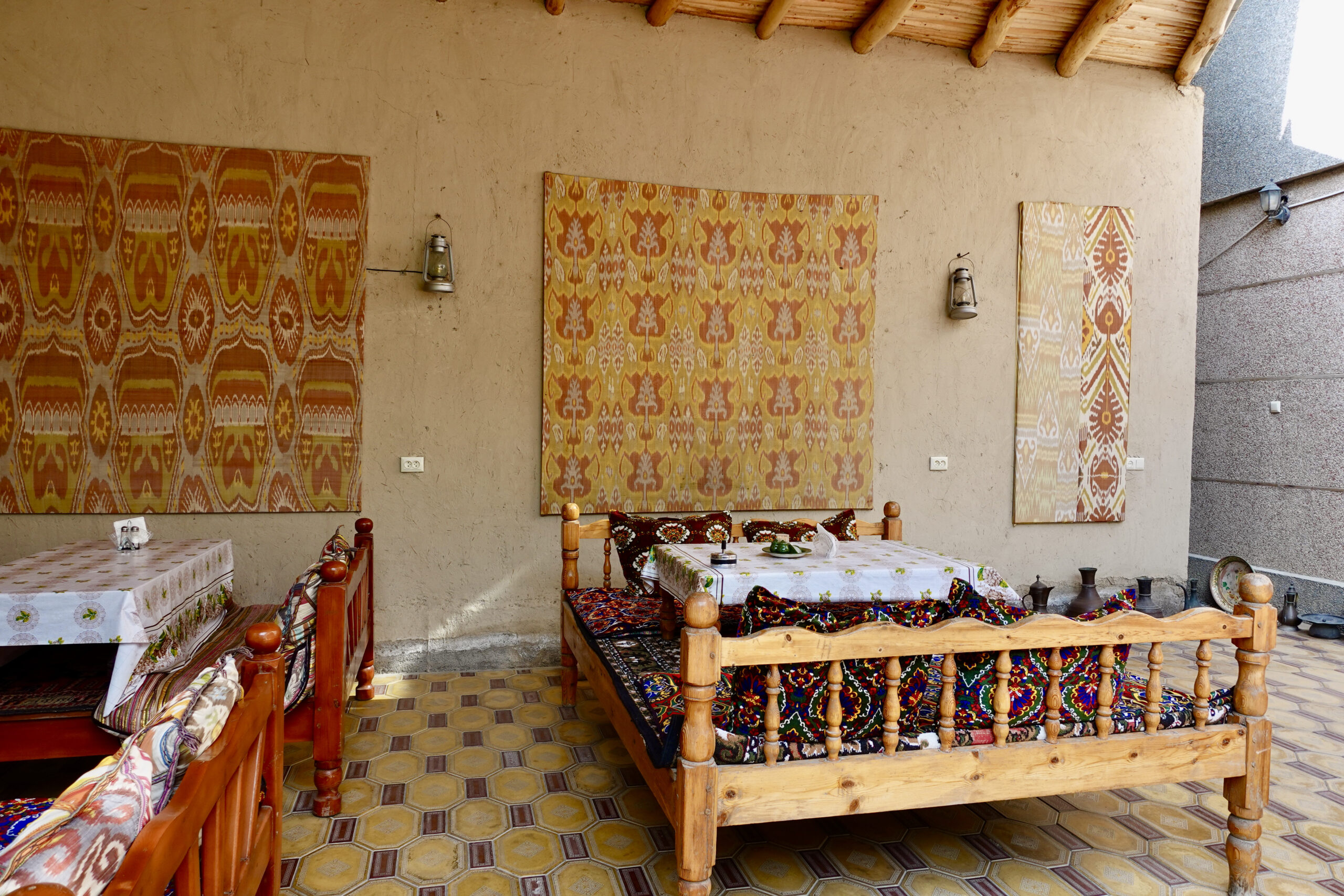
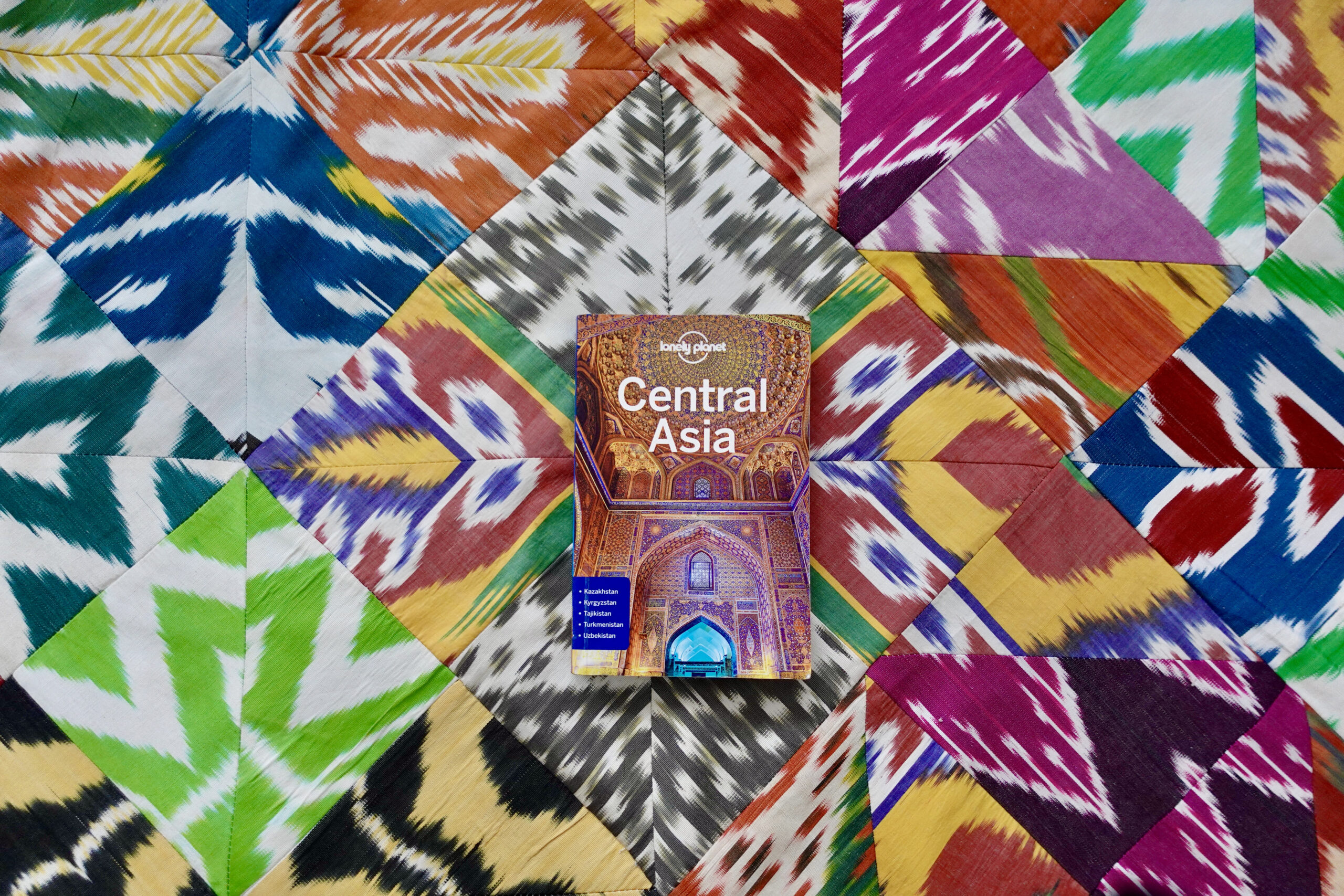
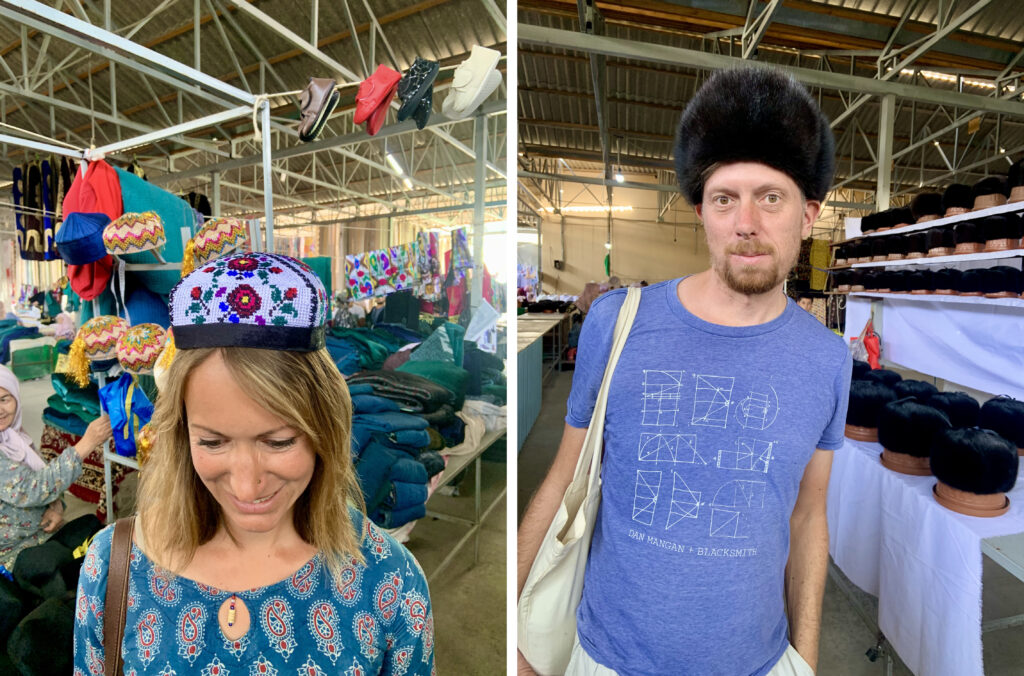


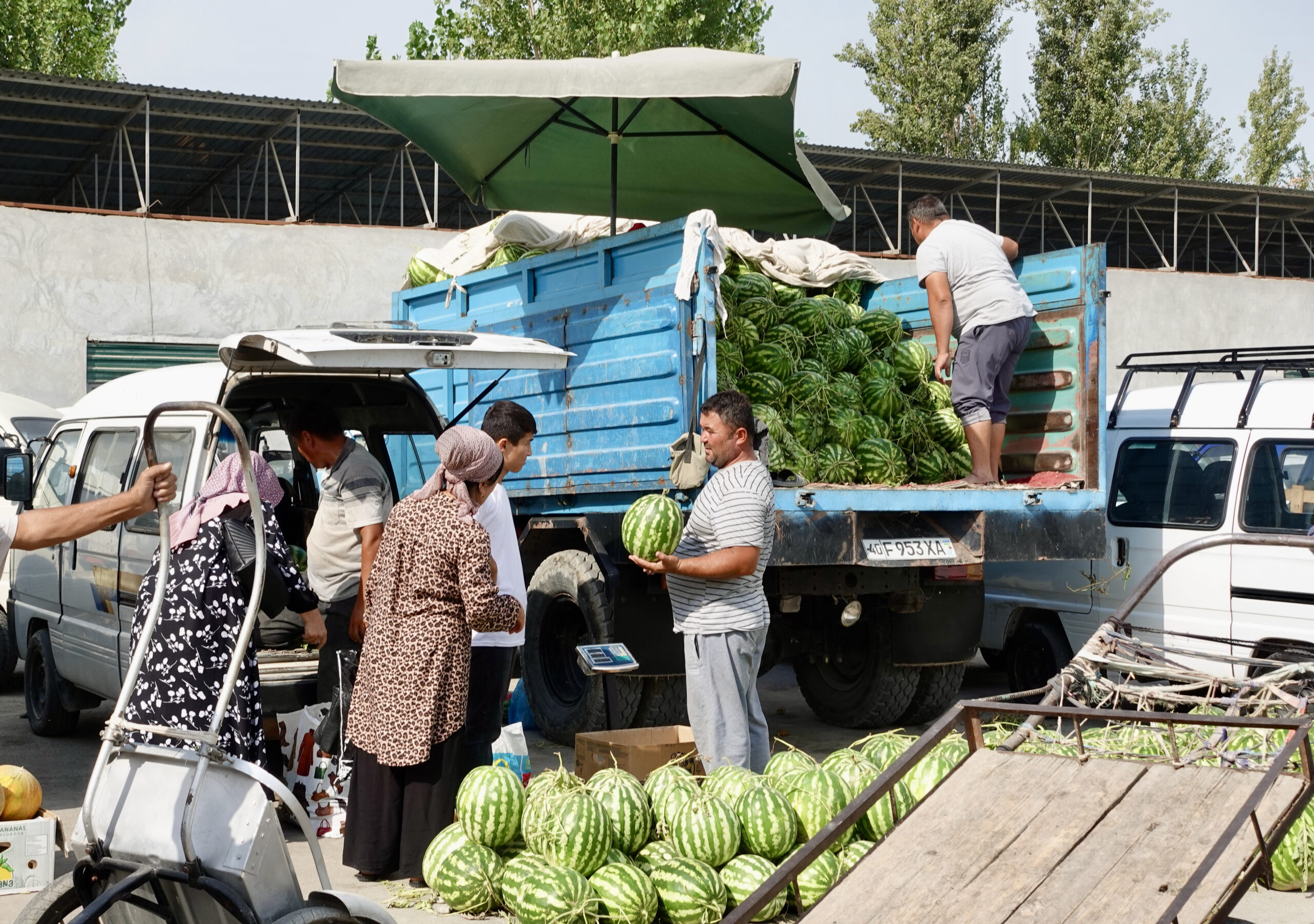

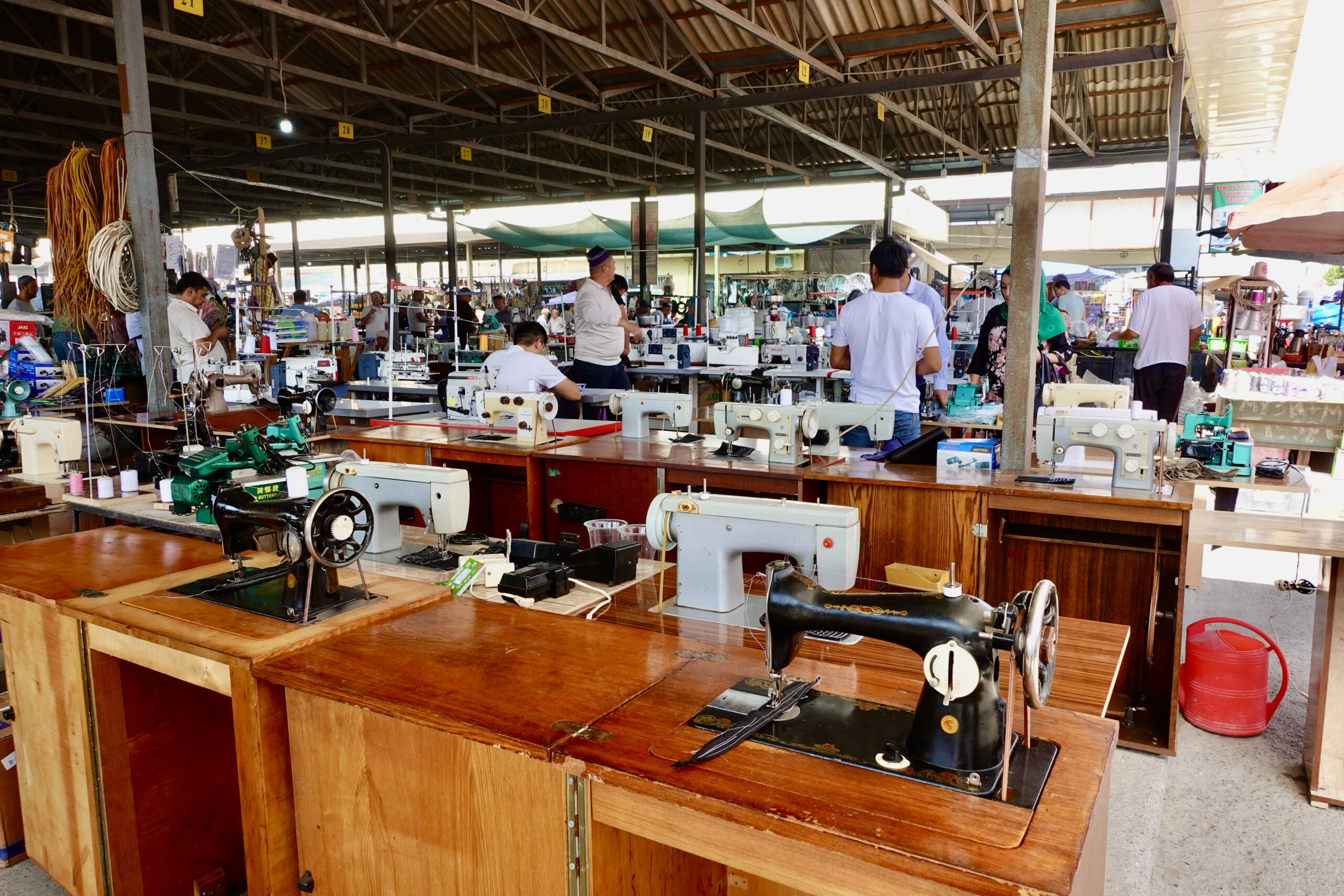
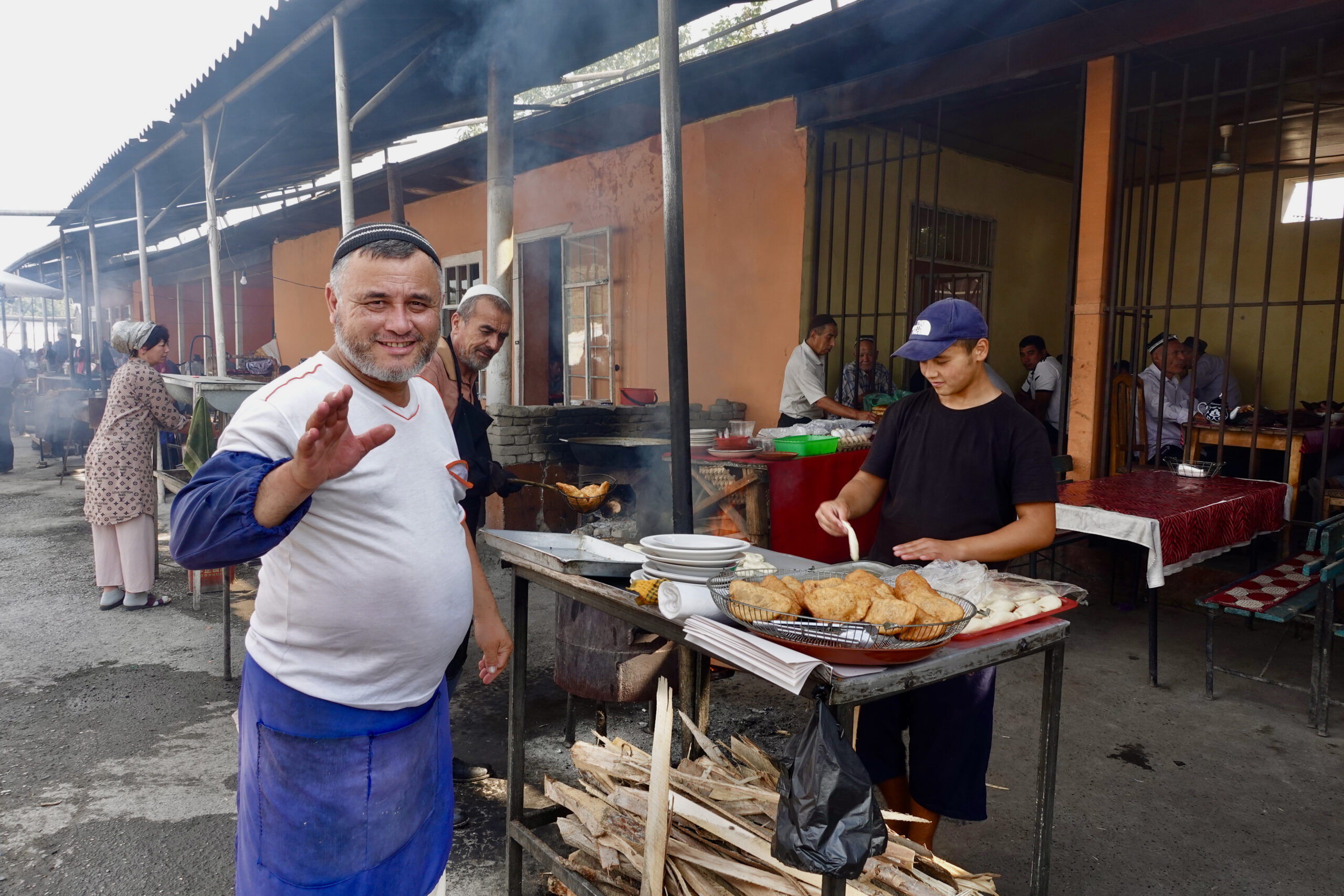

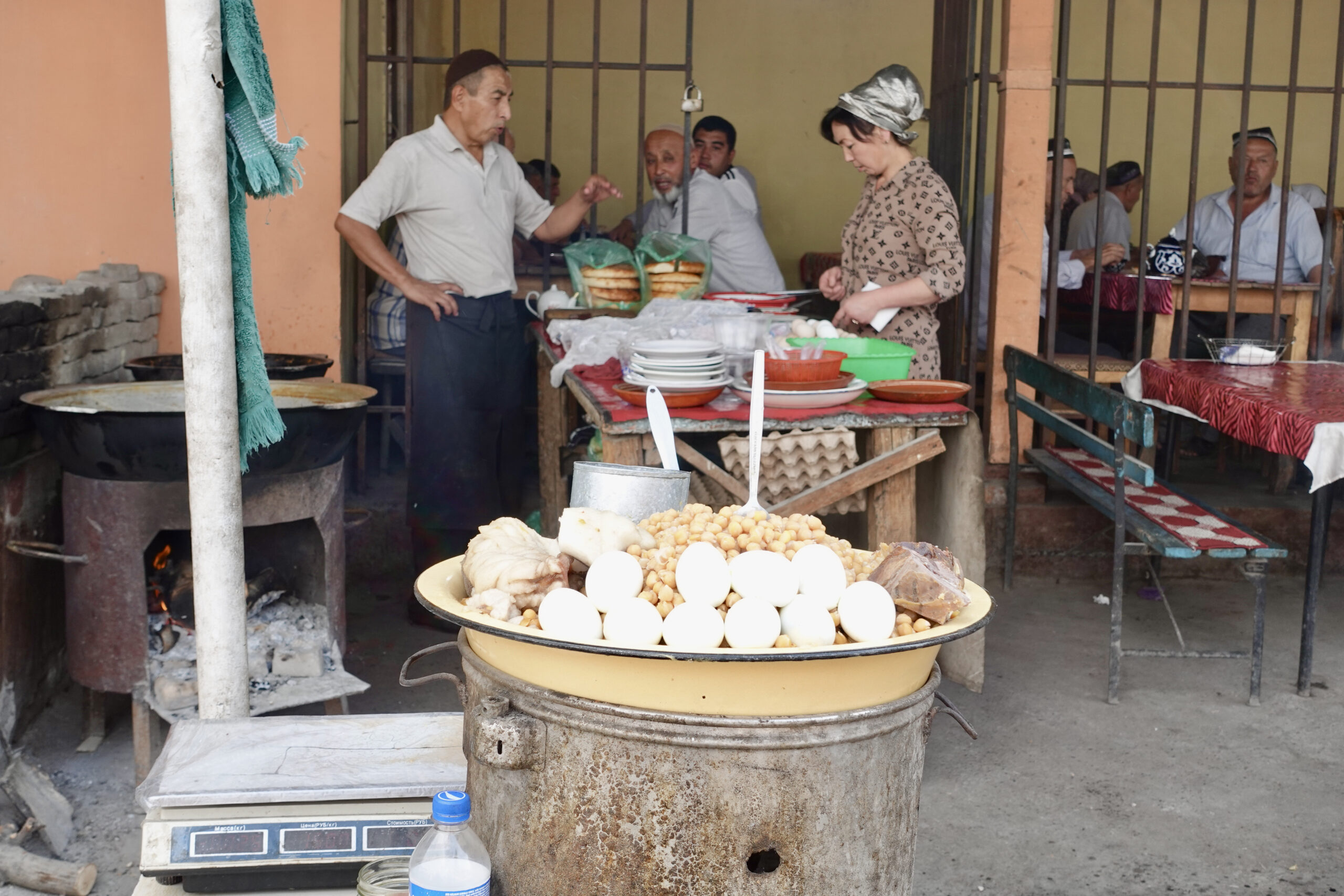
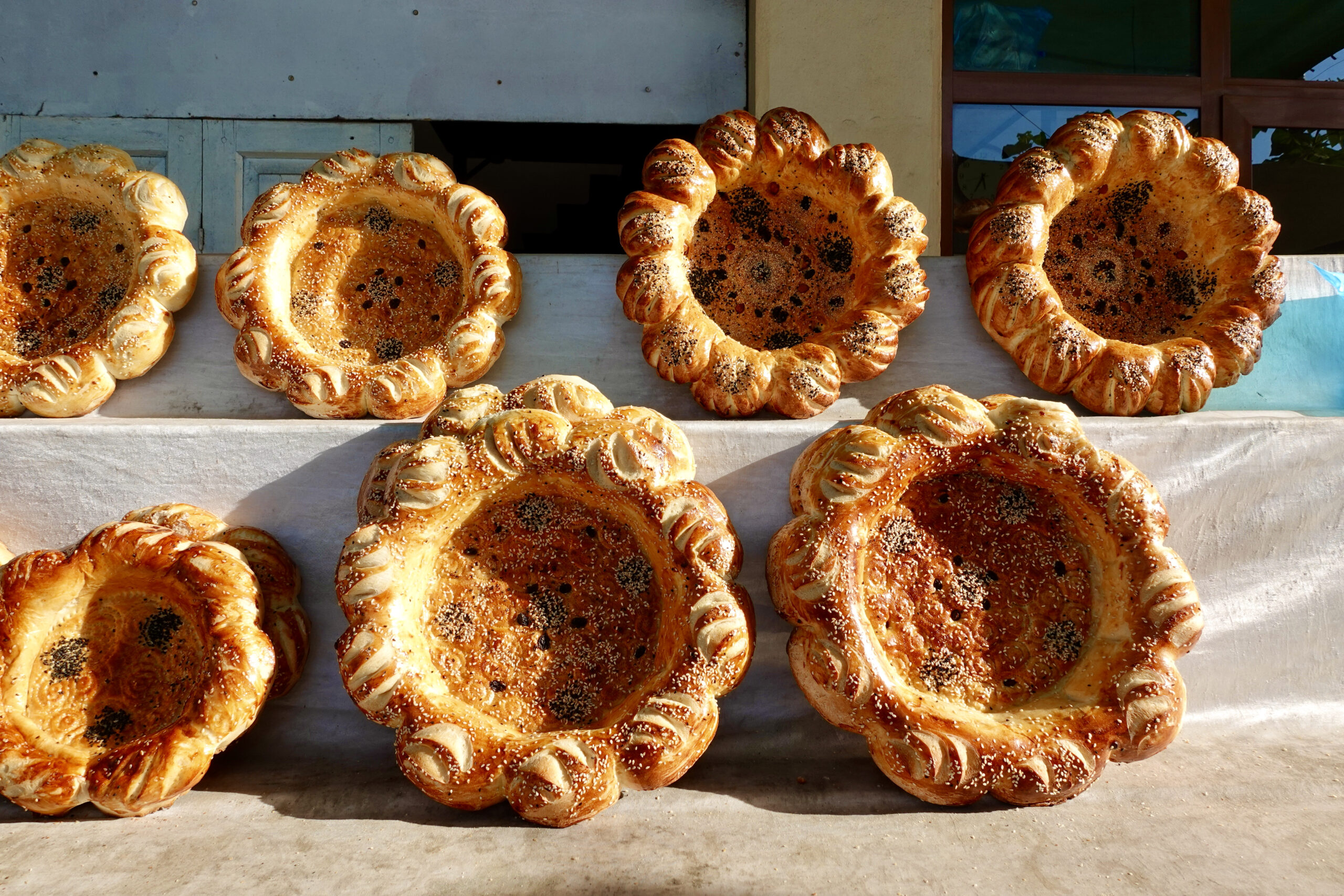
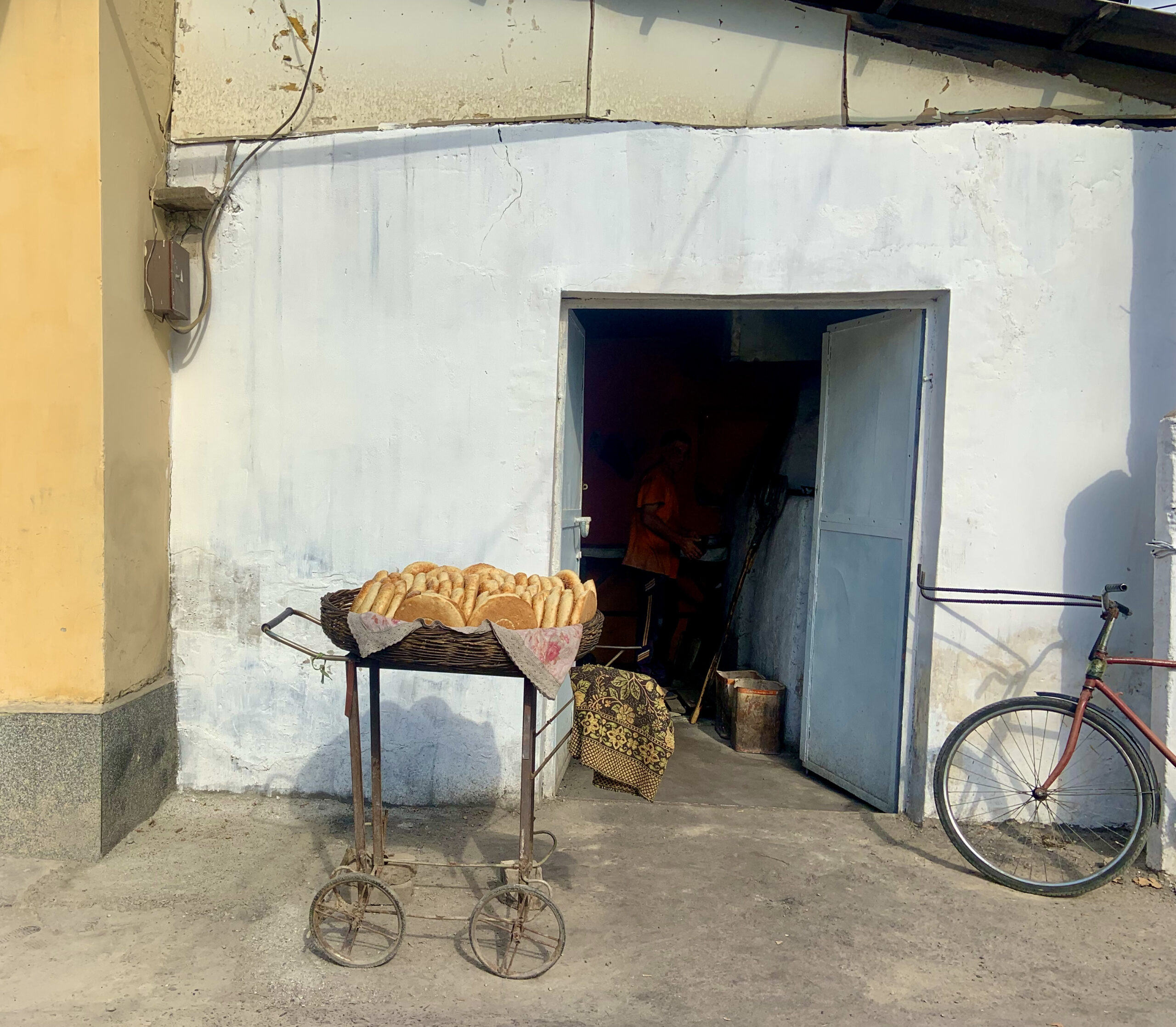

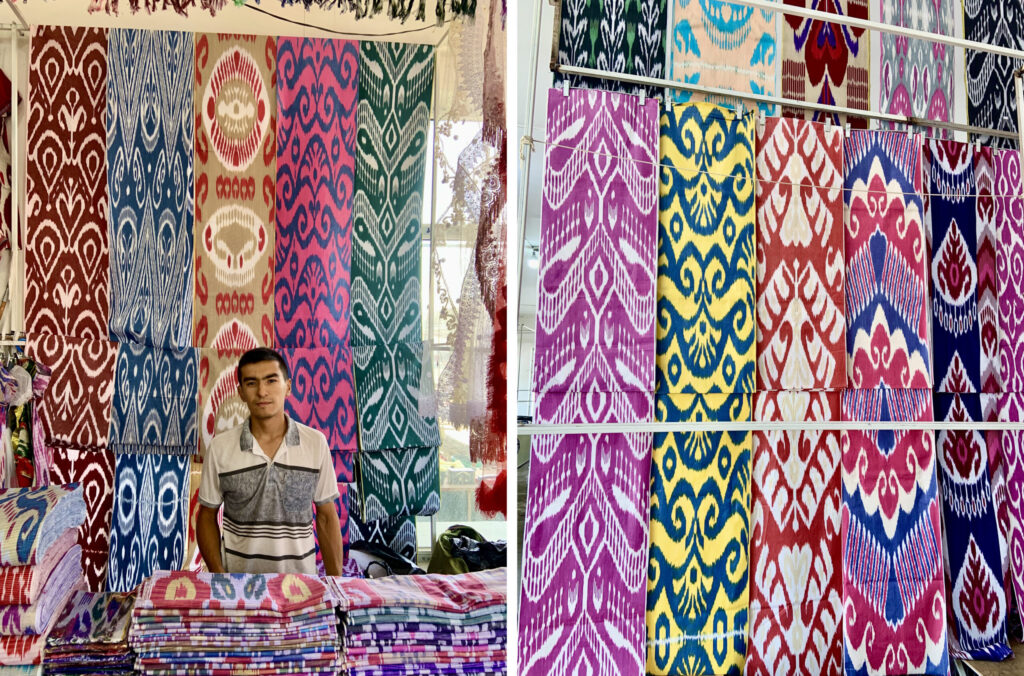
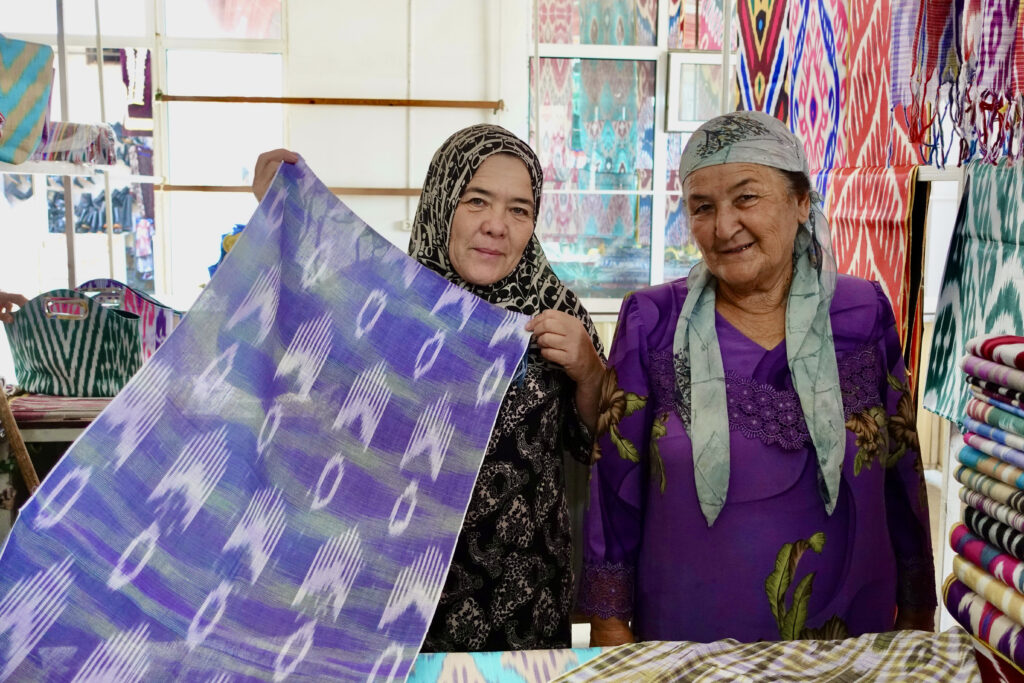

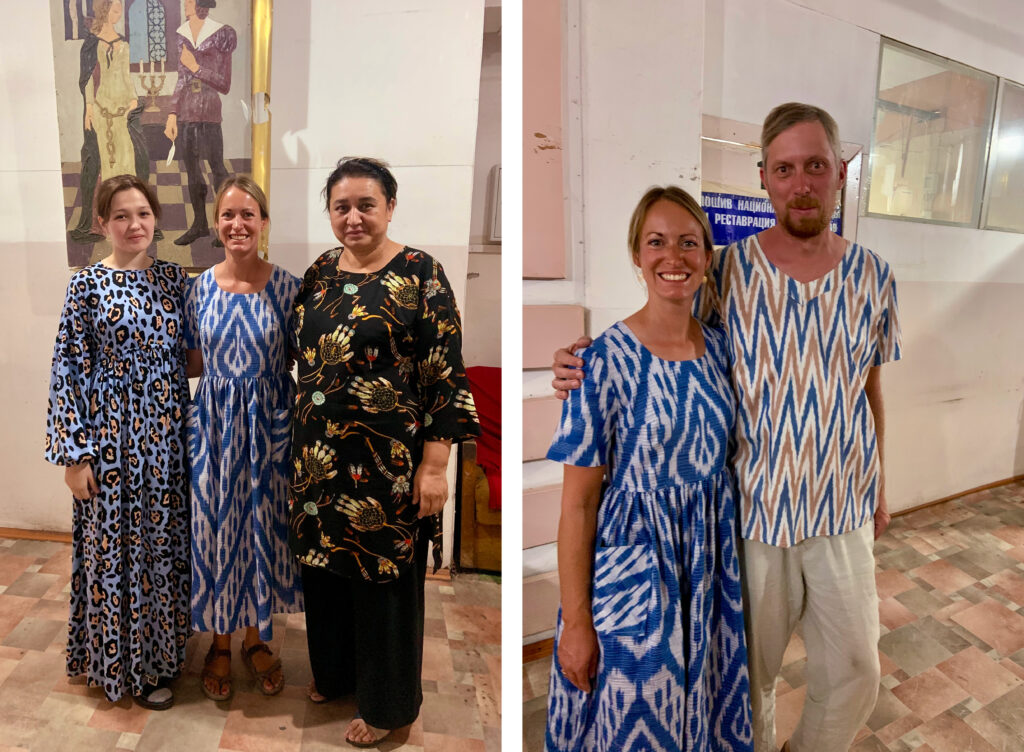
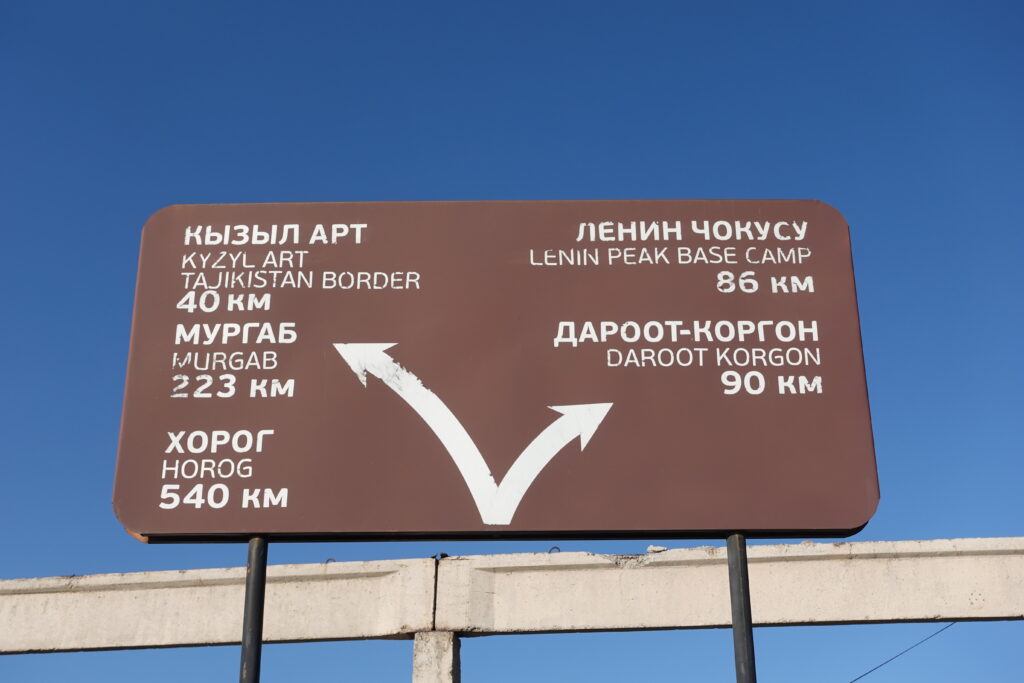
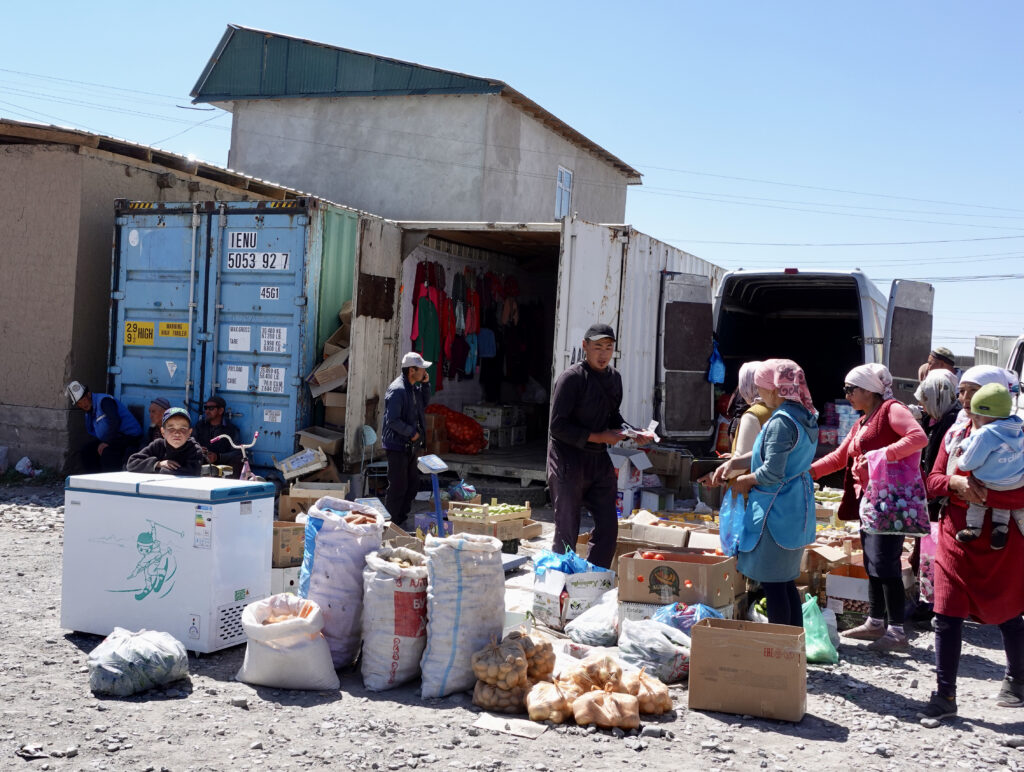
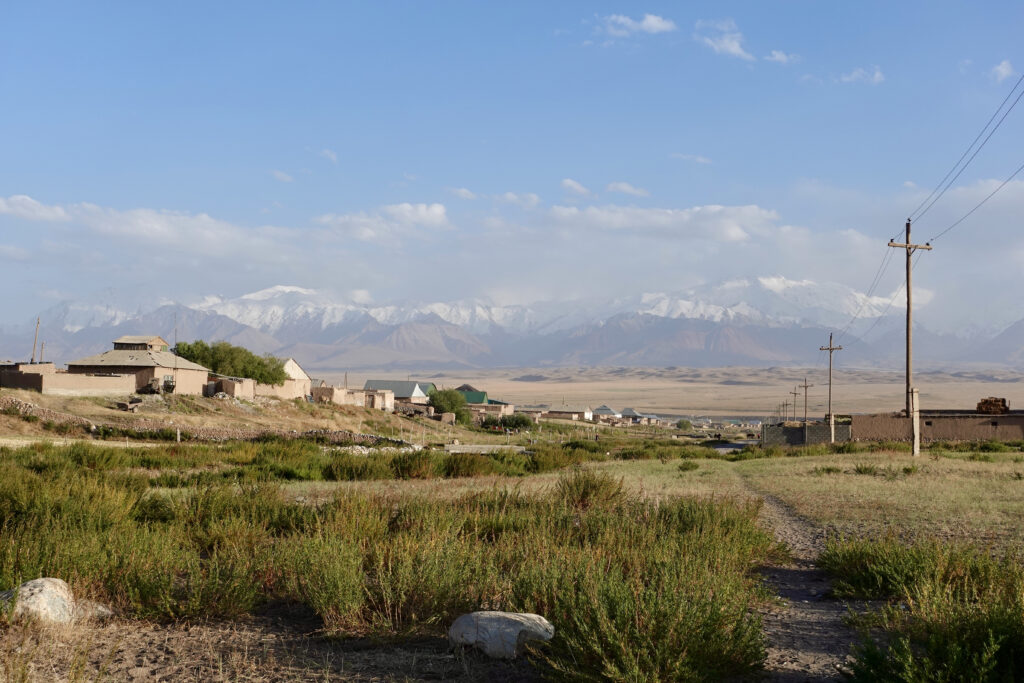
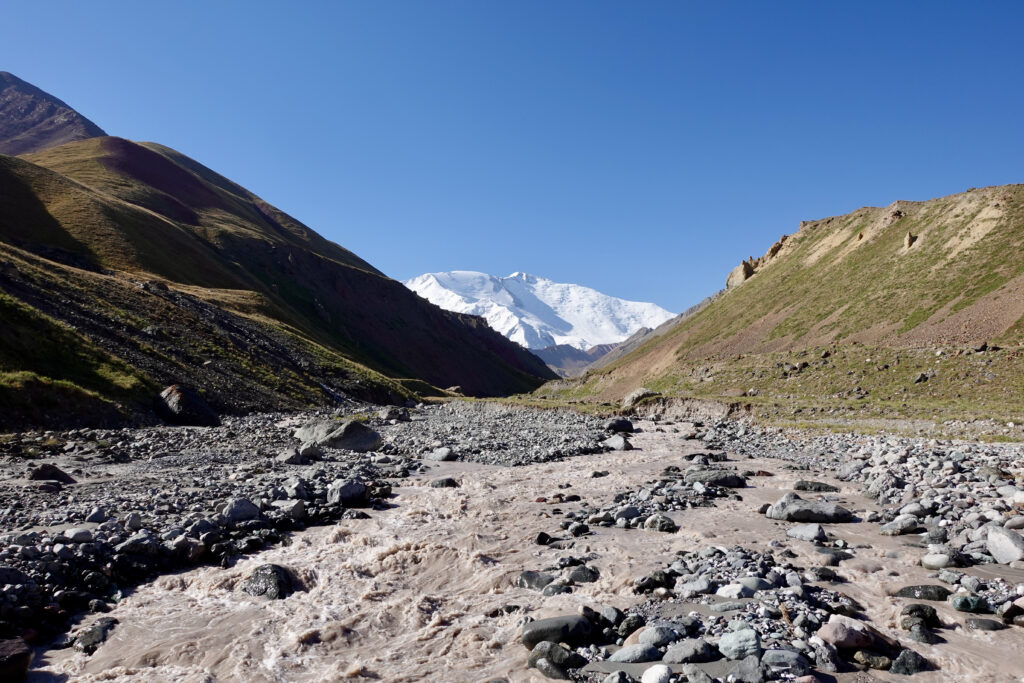
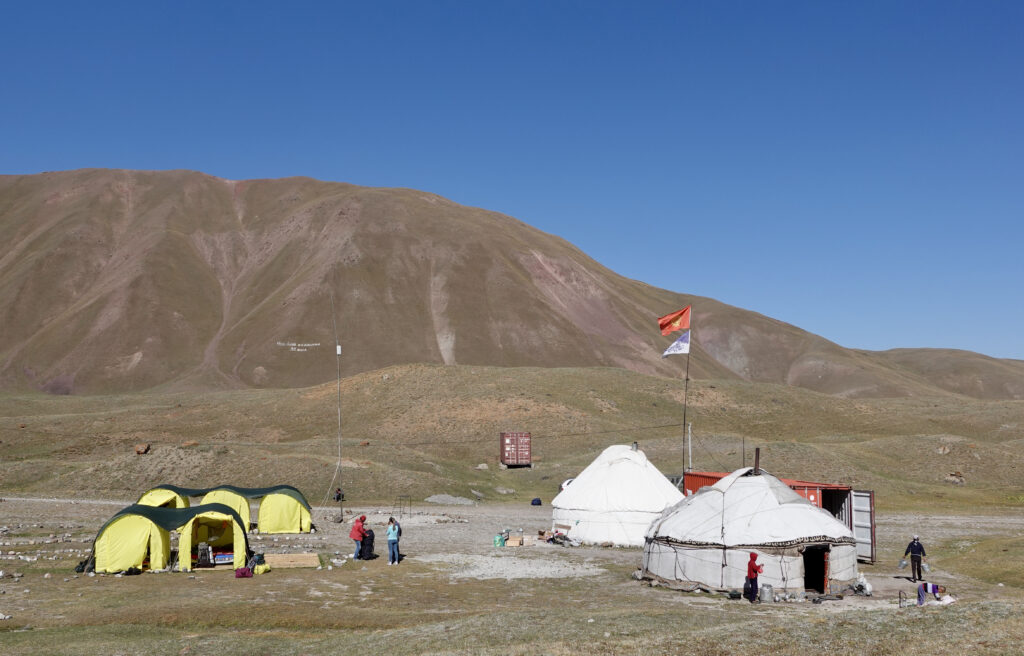
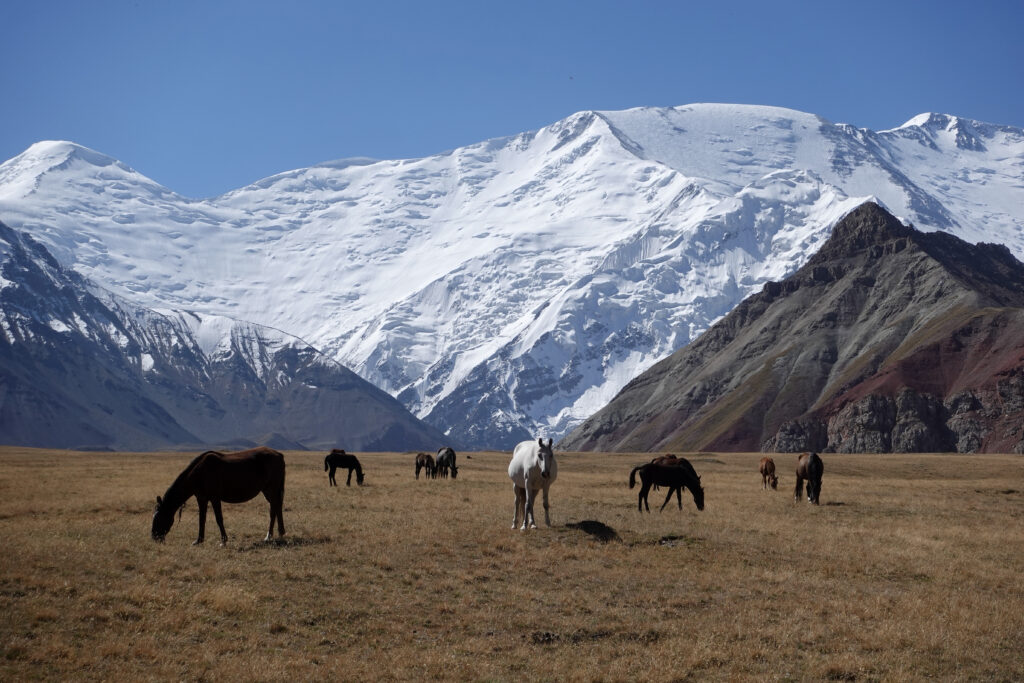
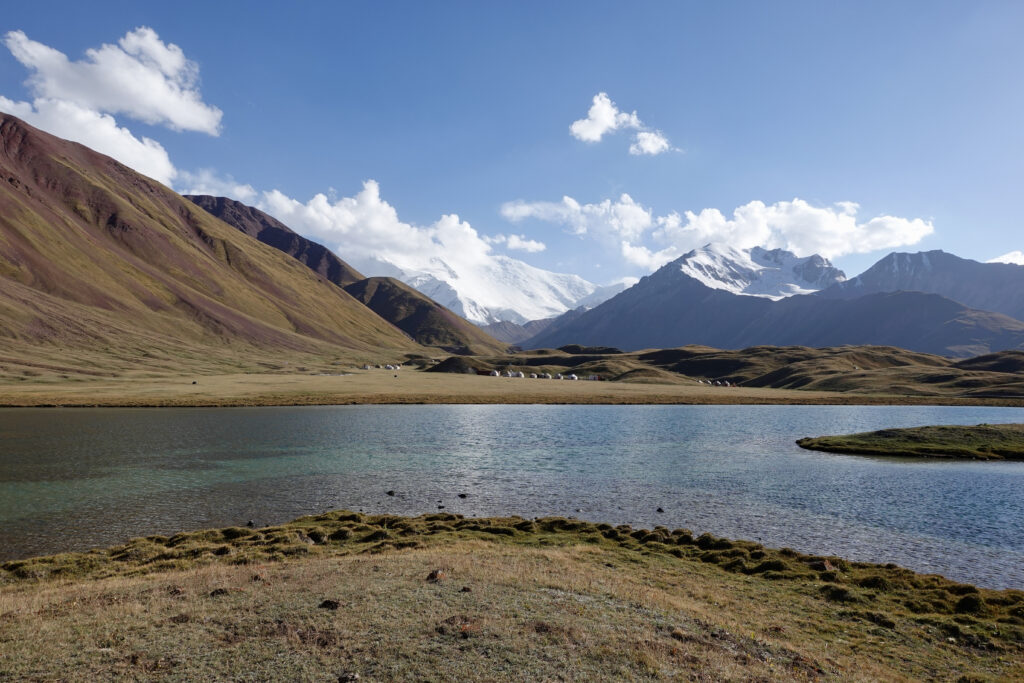
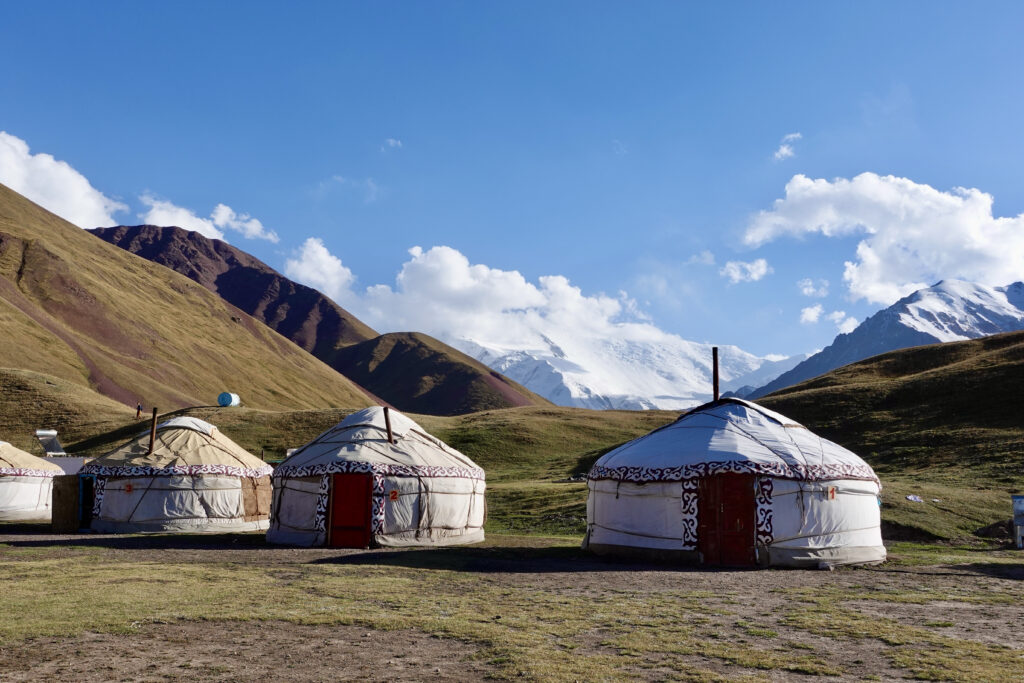
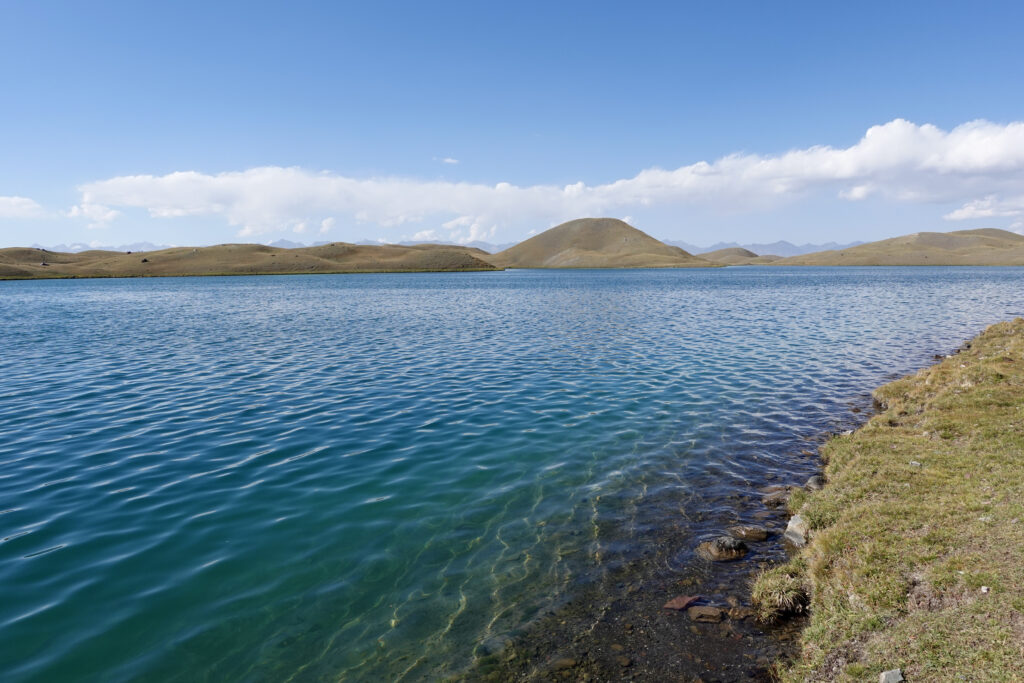
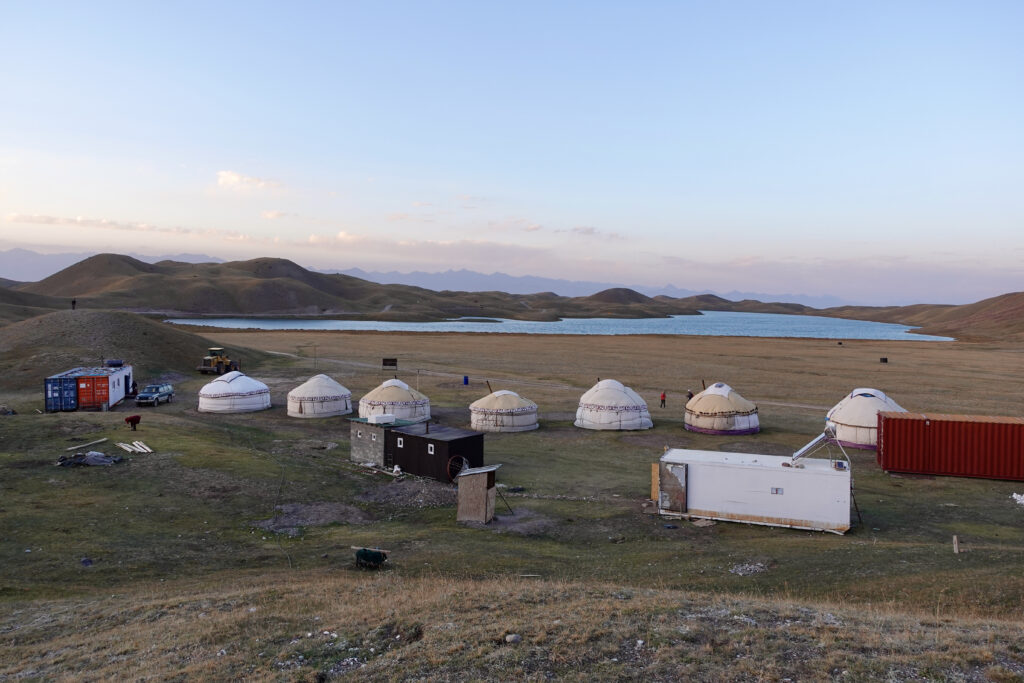

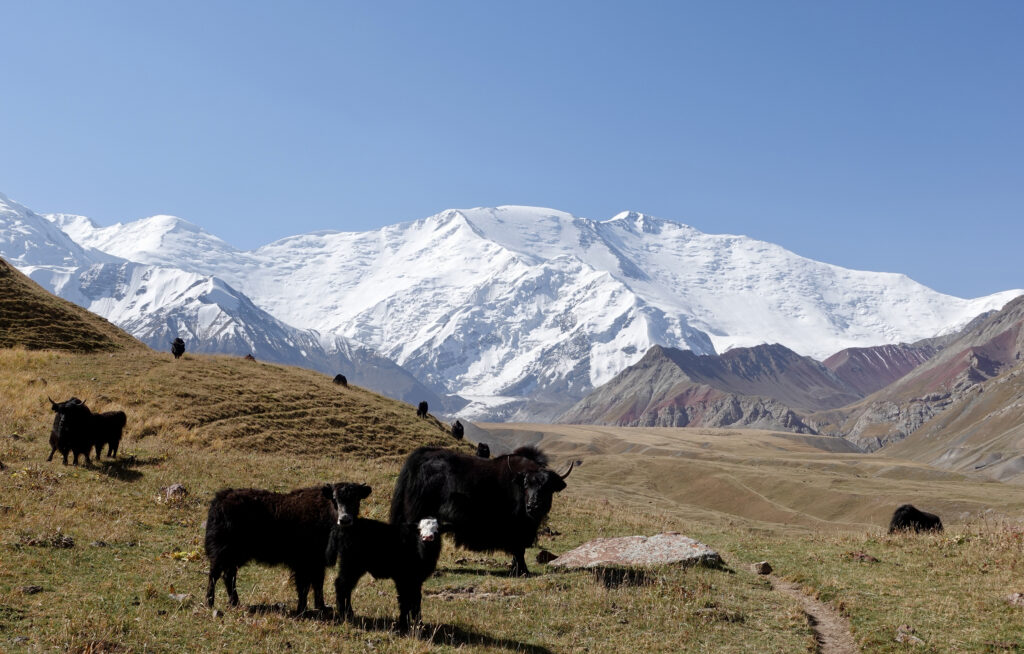

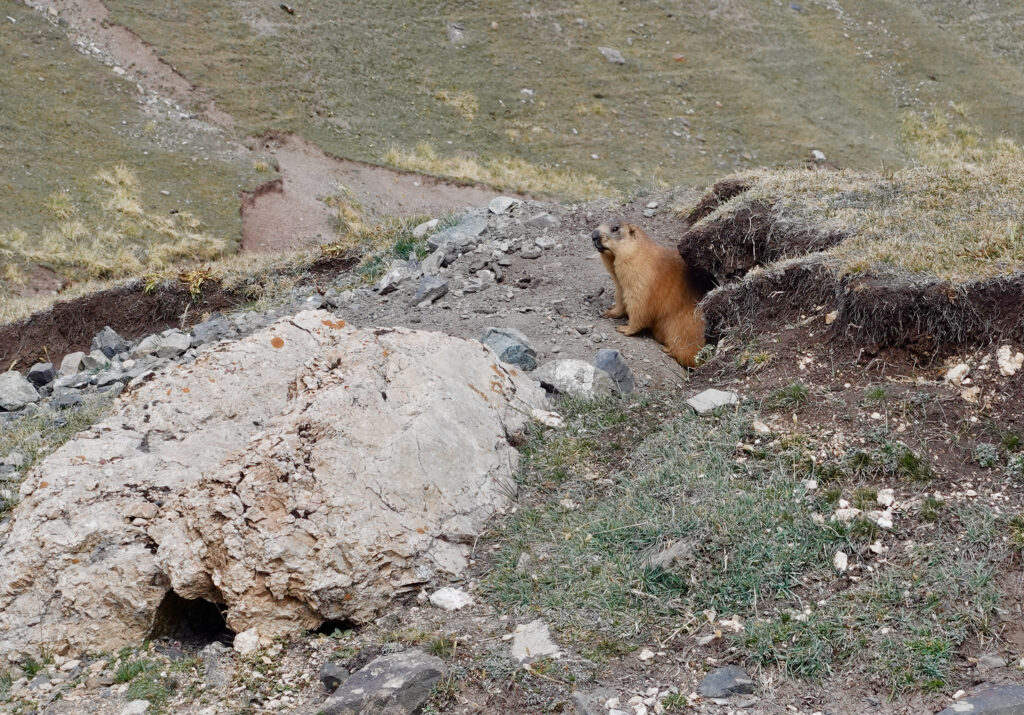
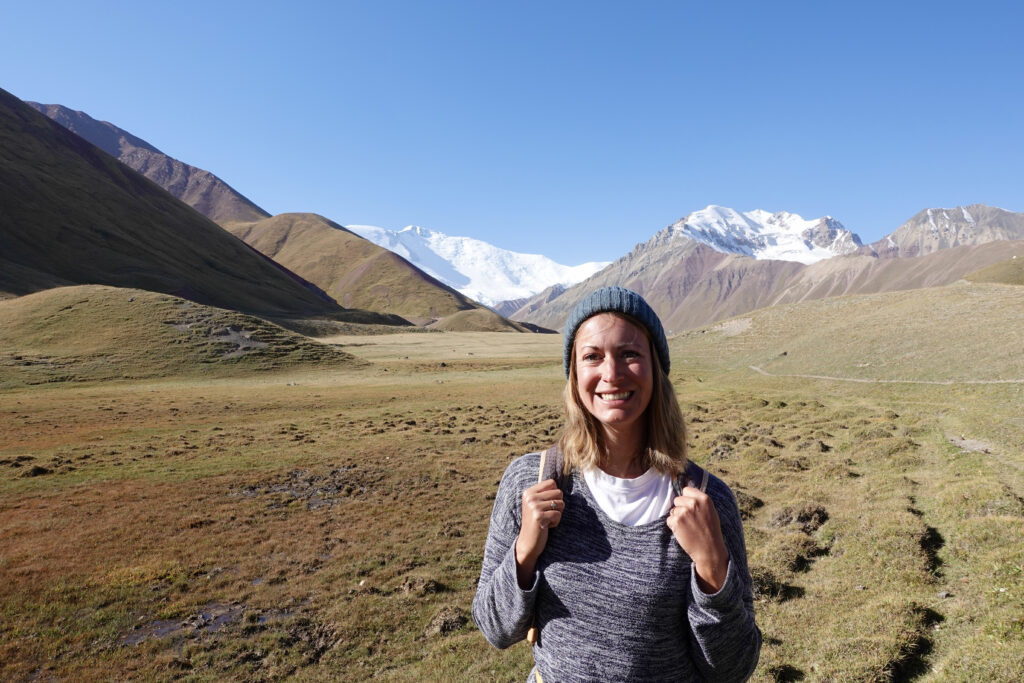
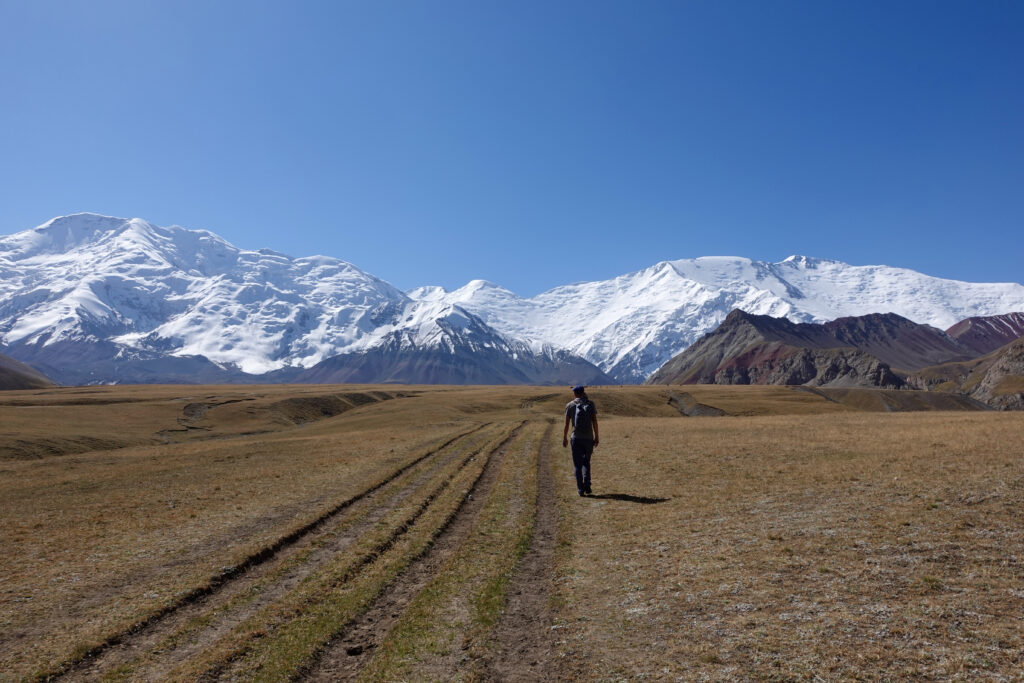
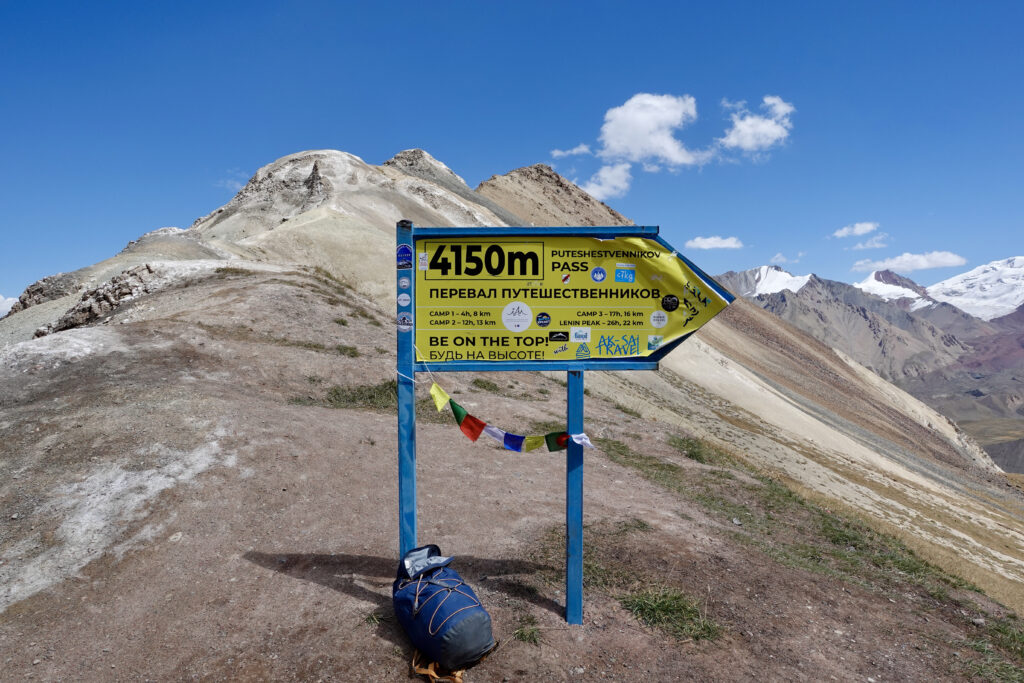
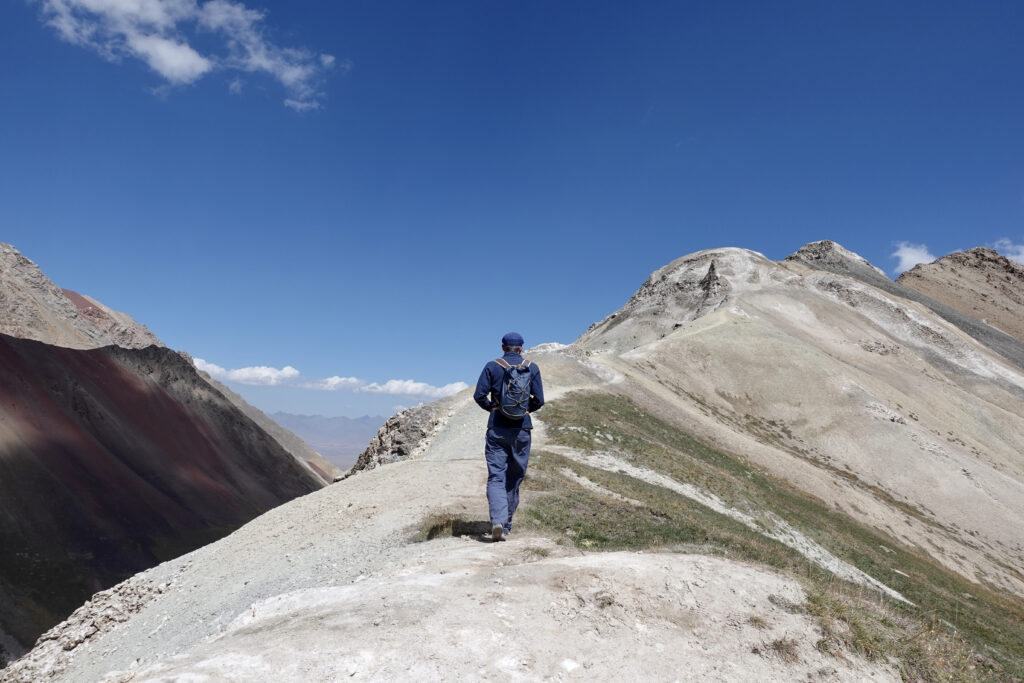


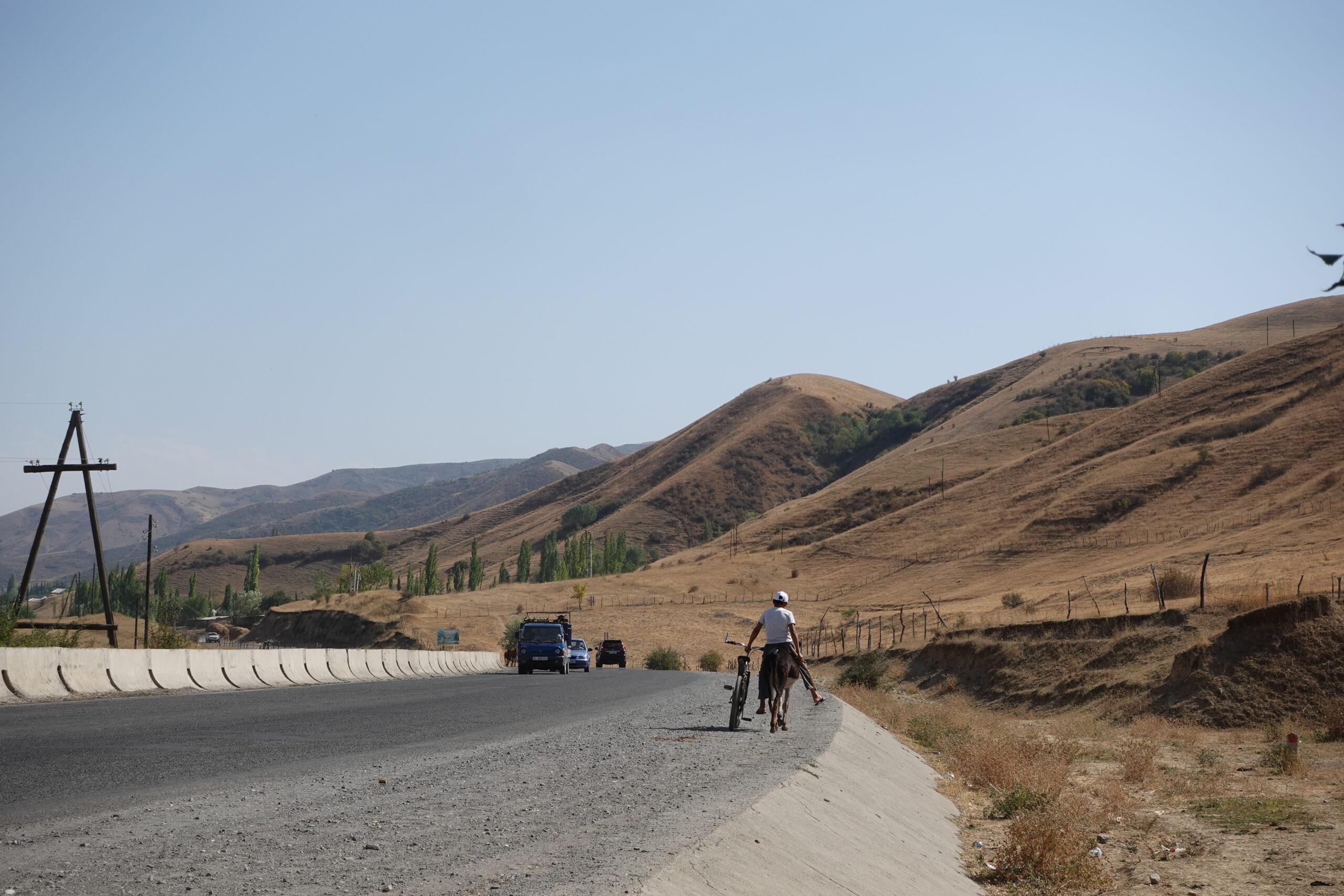

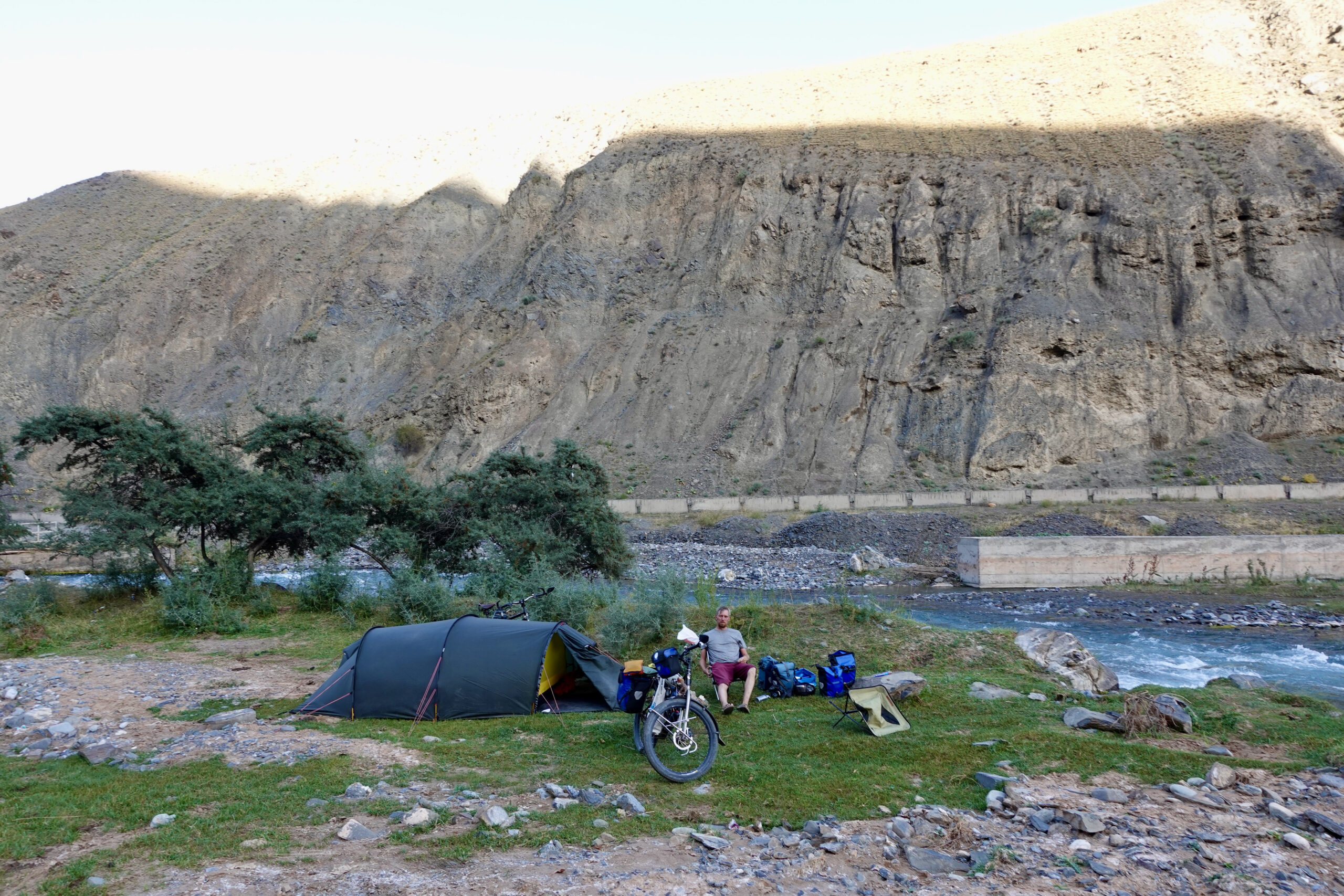
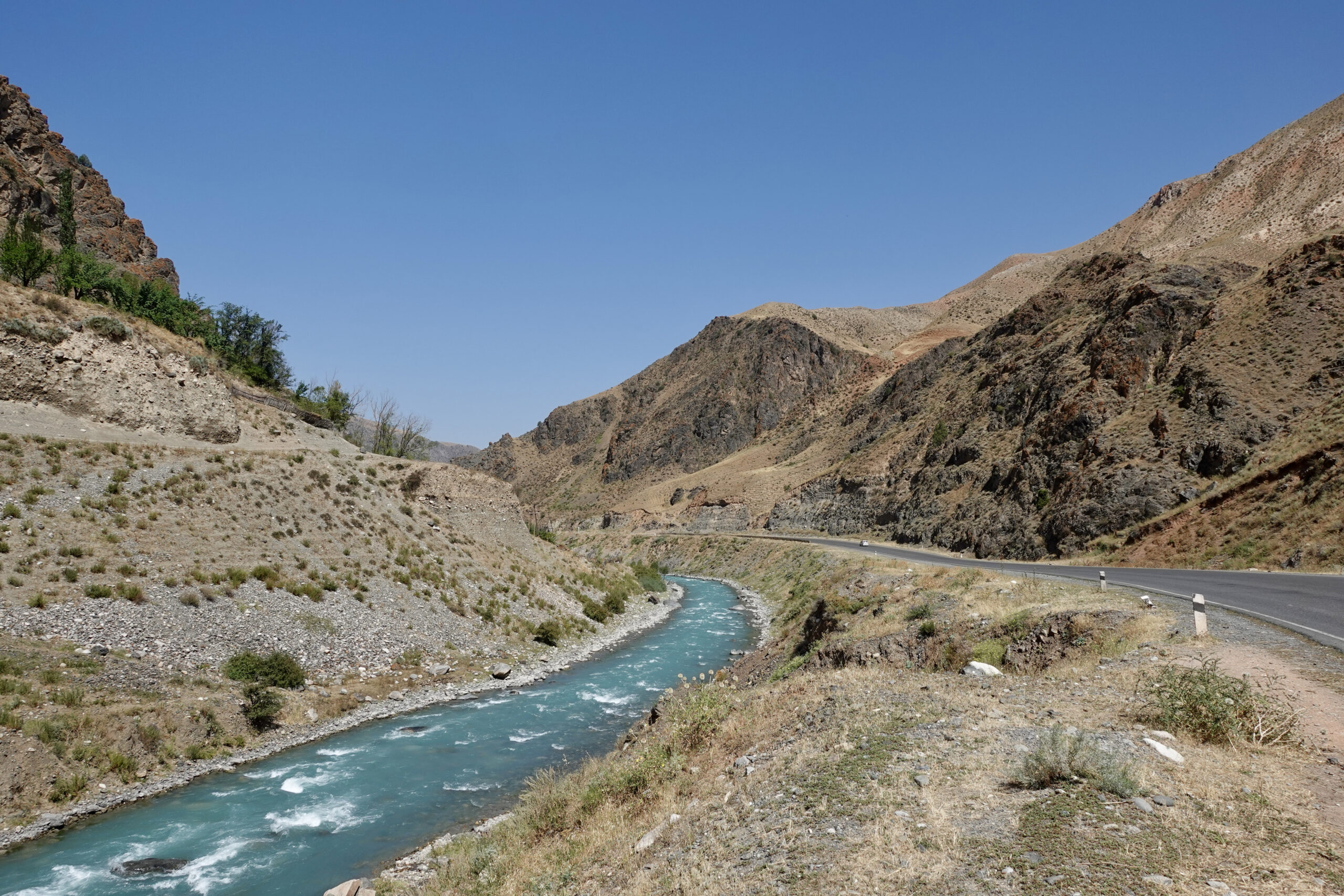


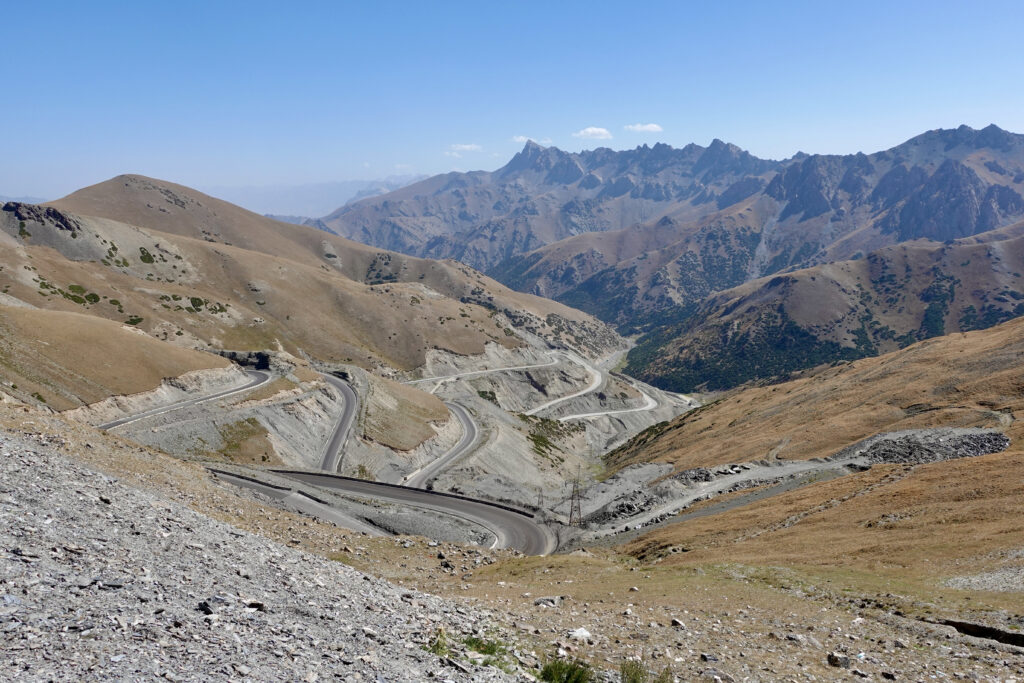
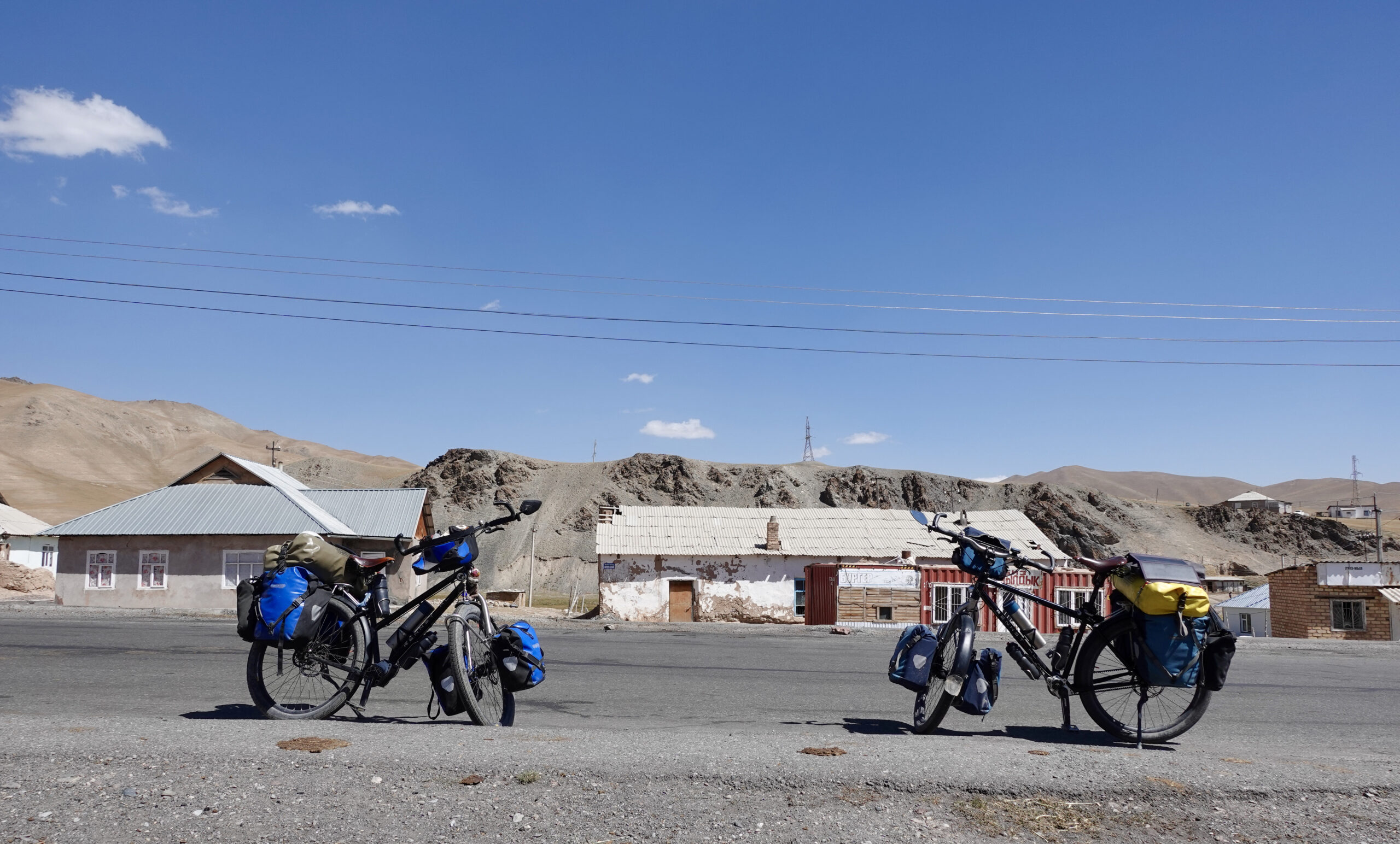
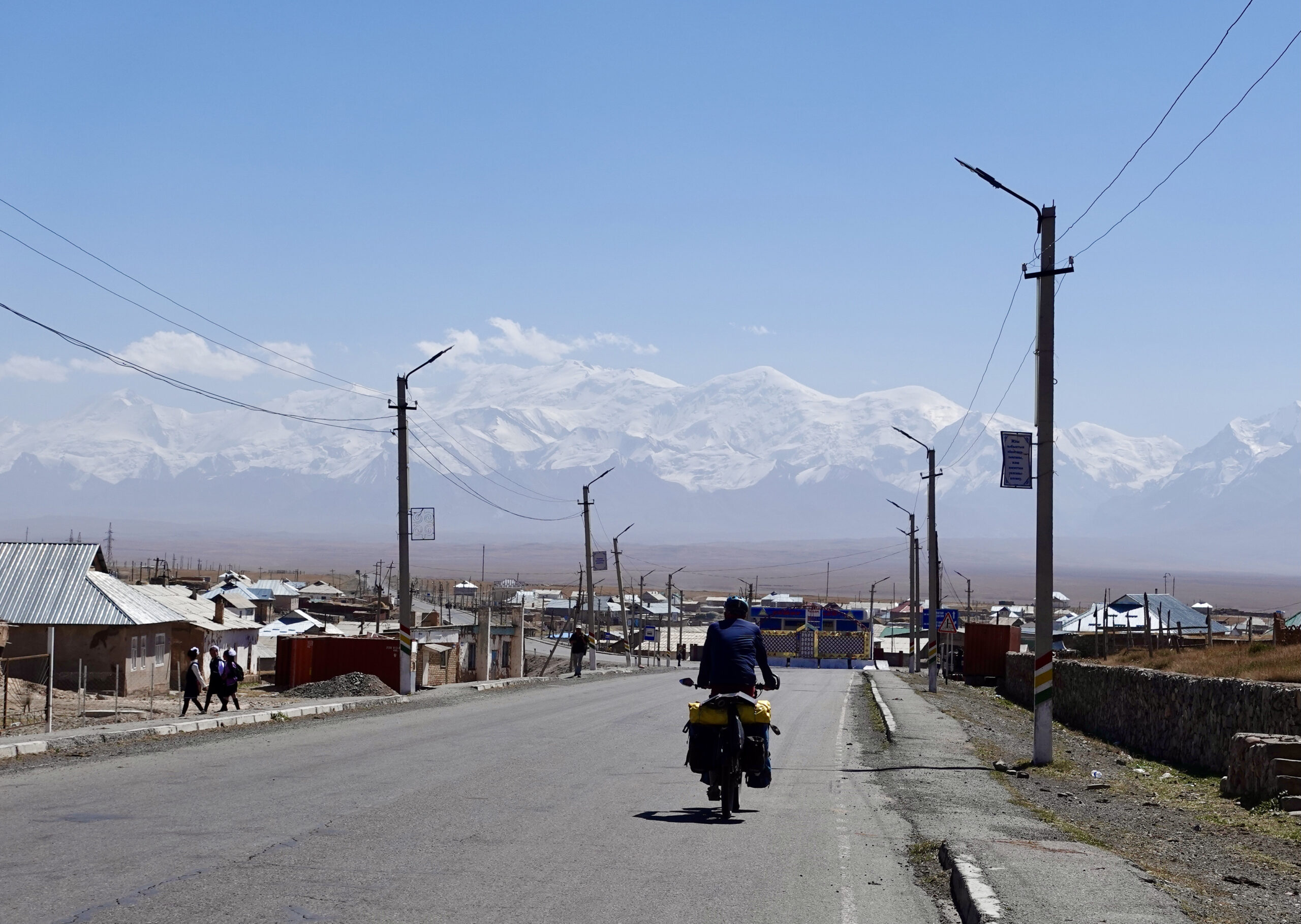
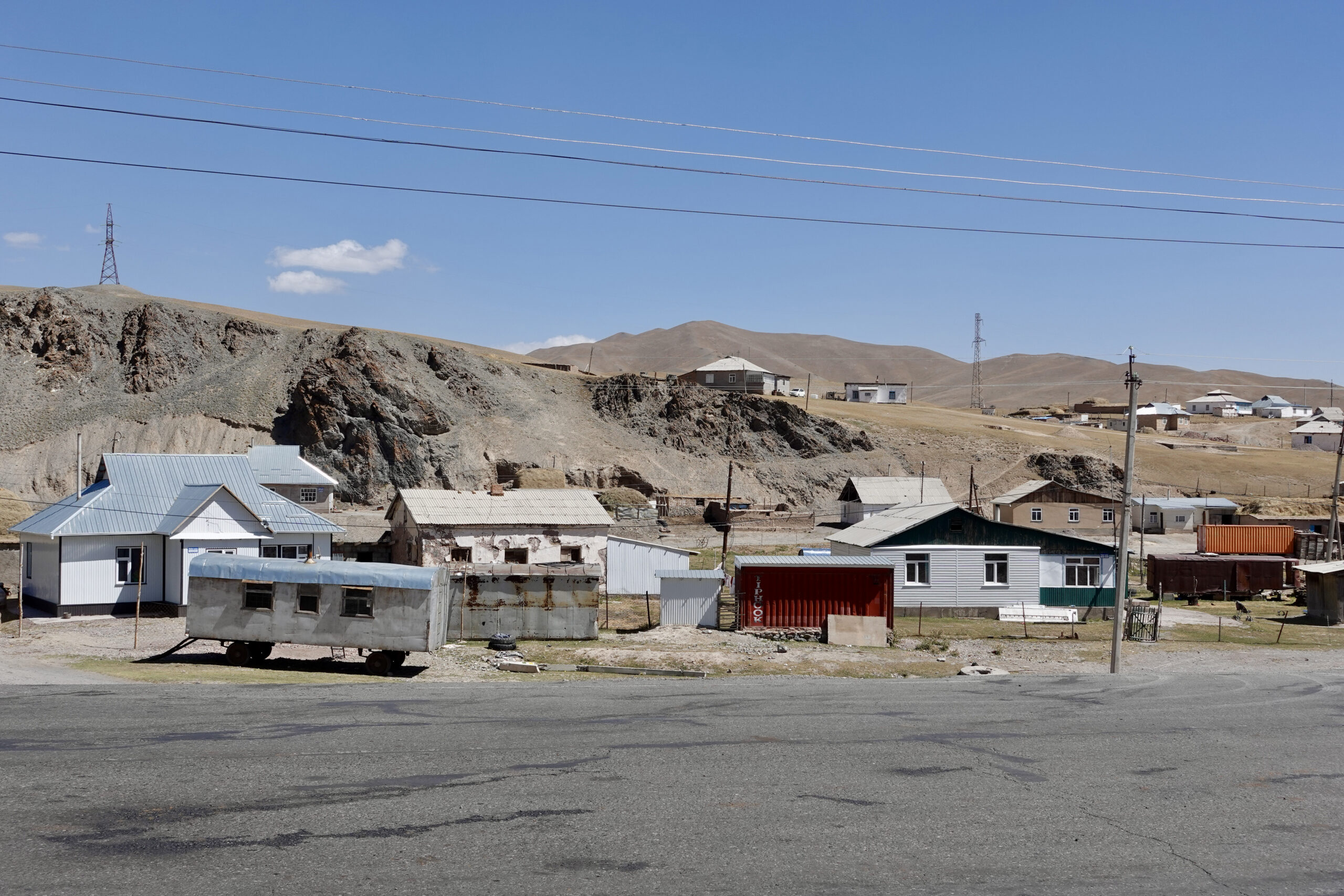
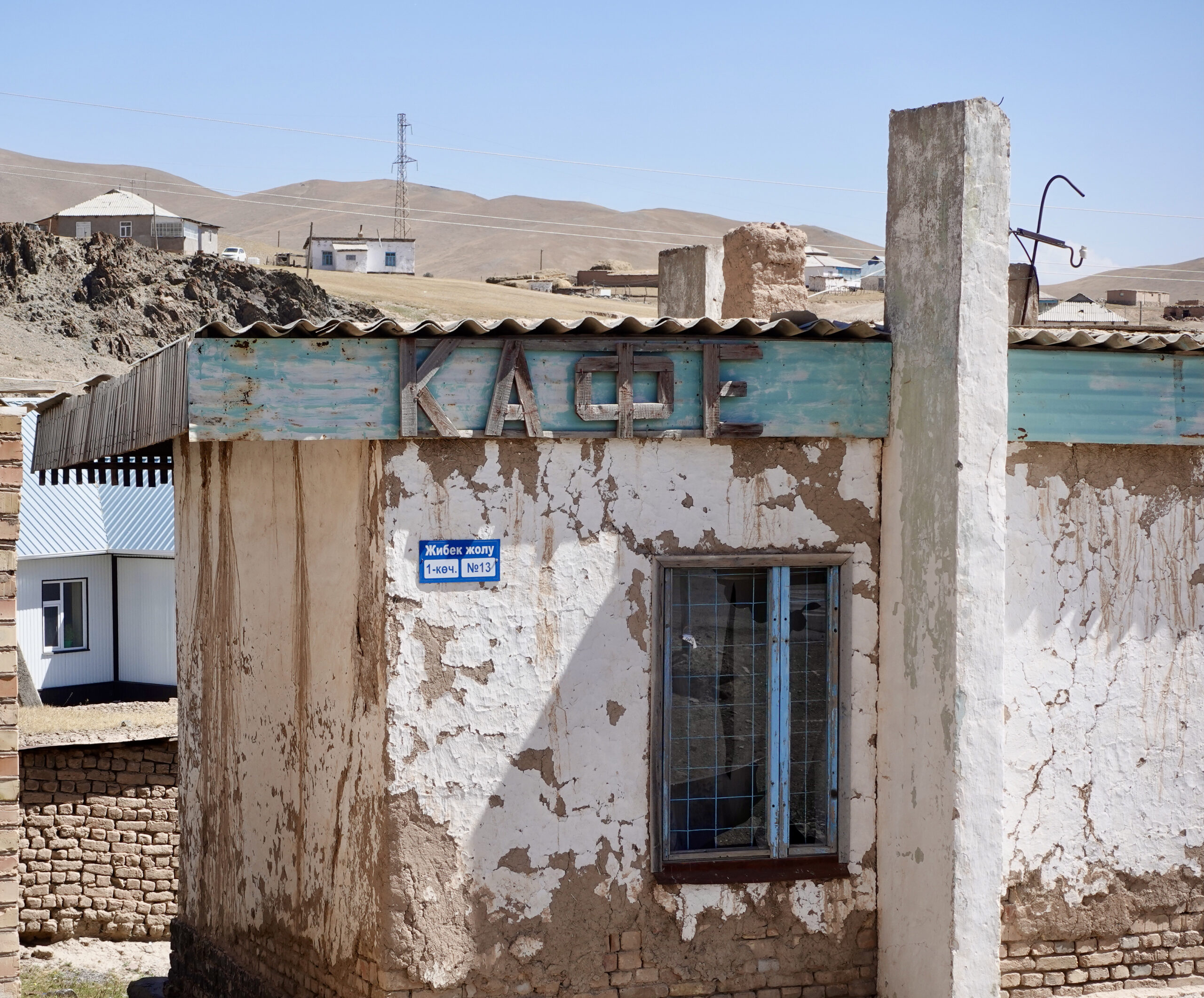

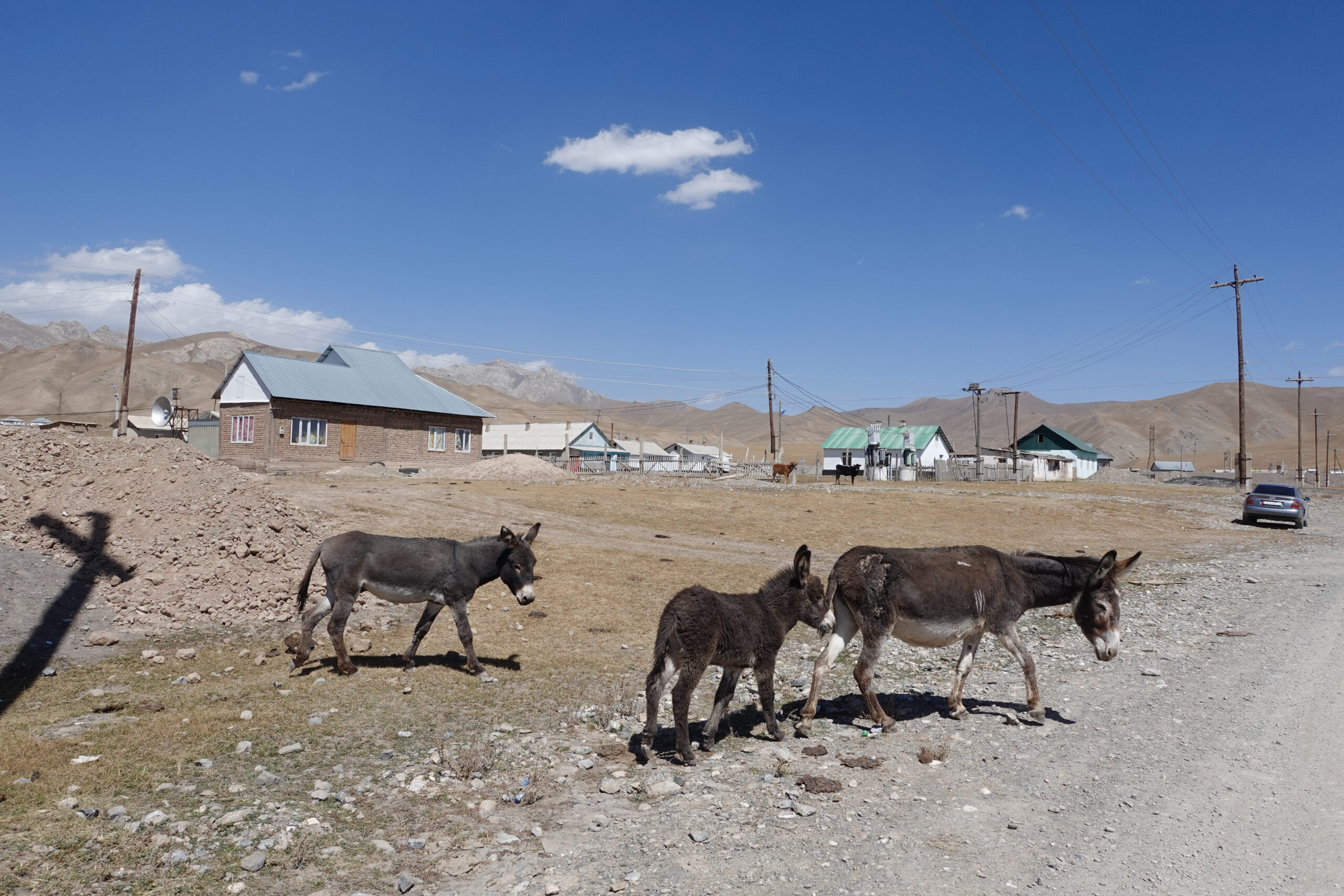

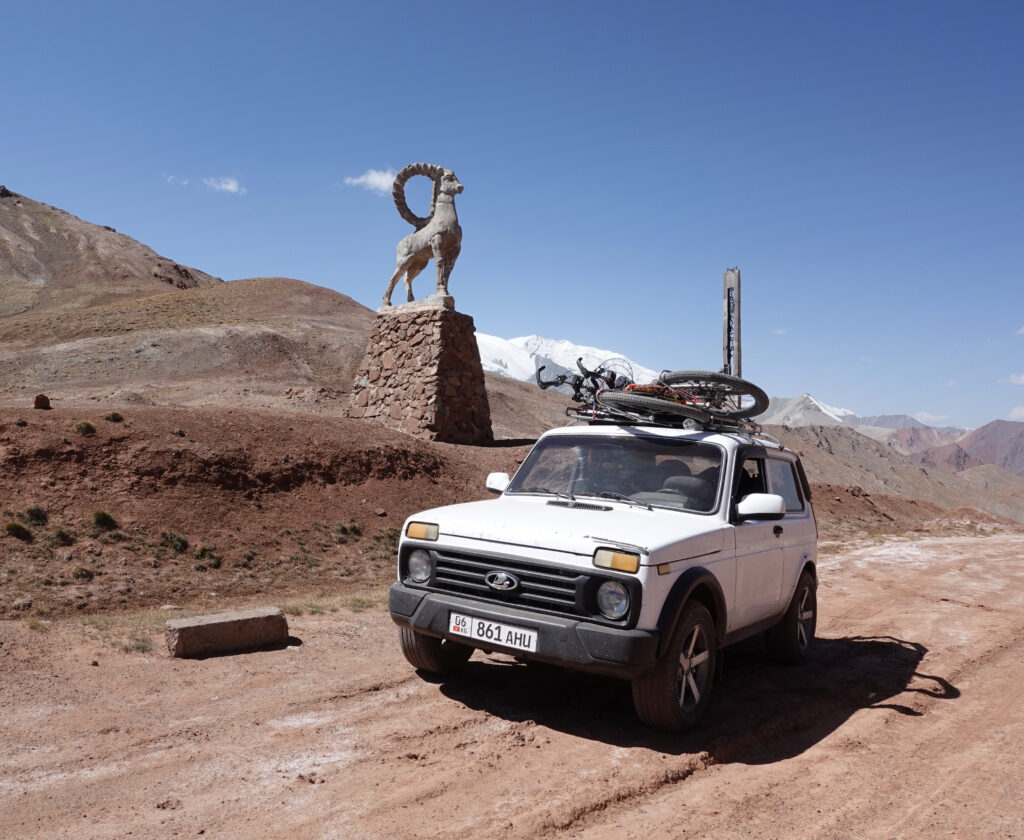
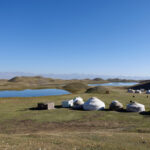
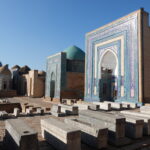
Leave a Reply